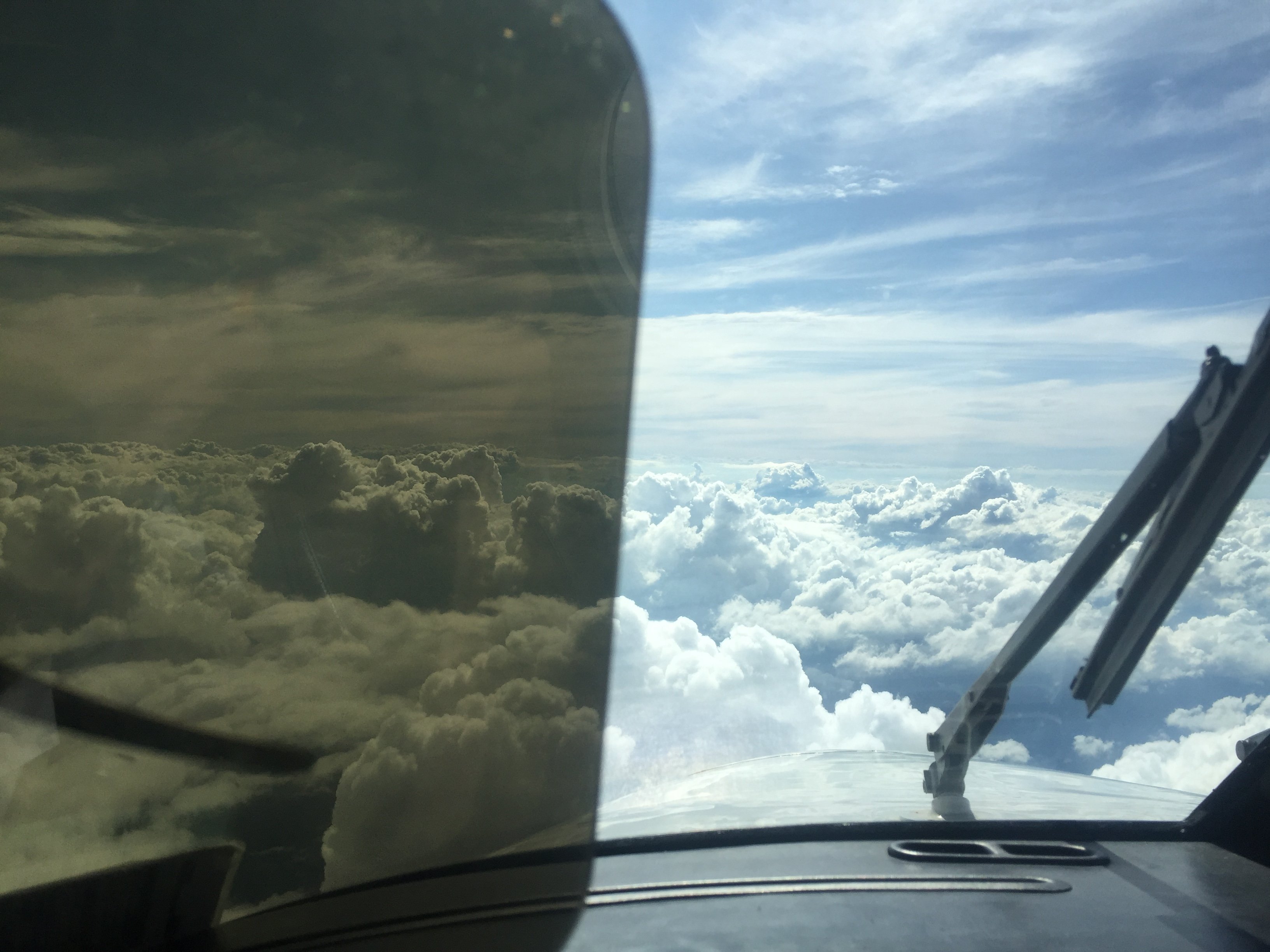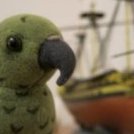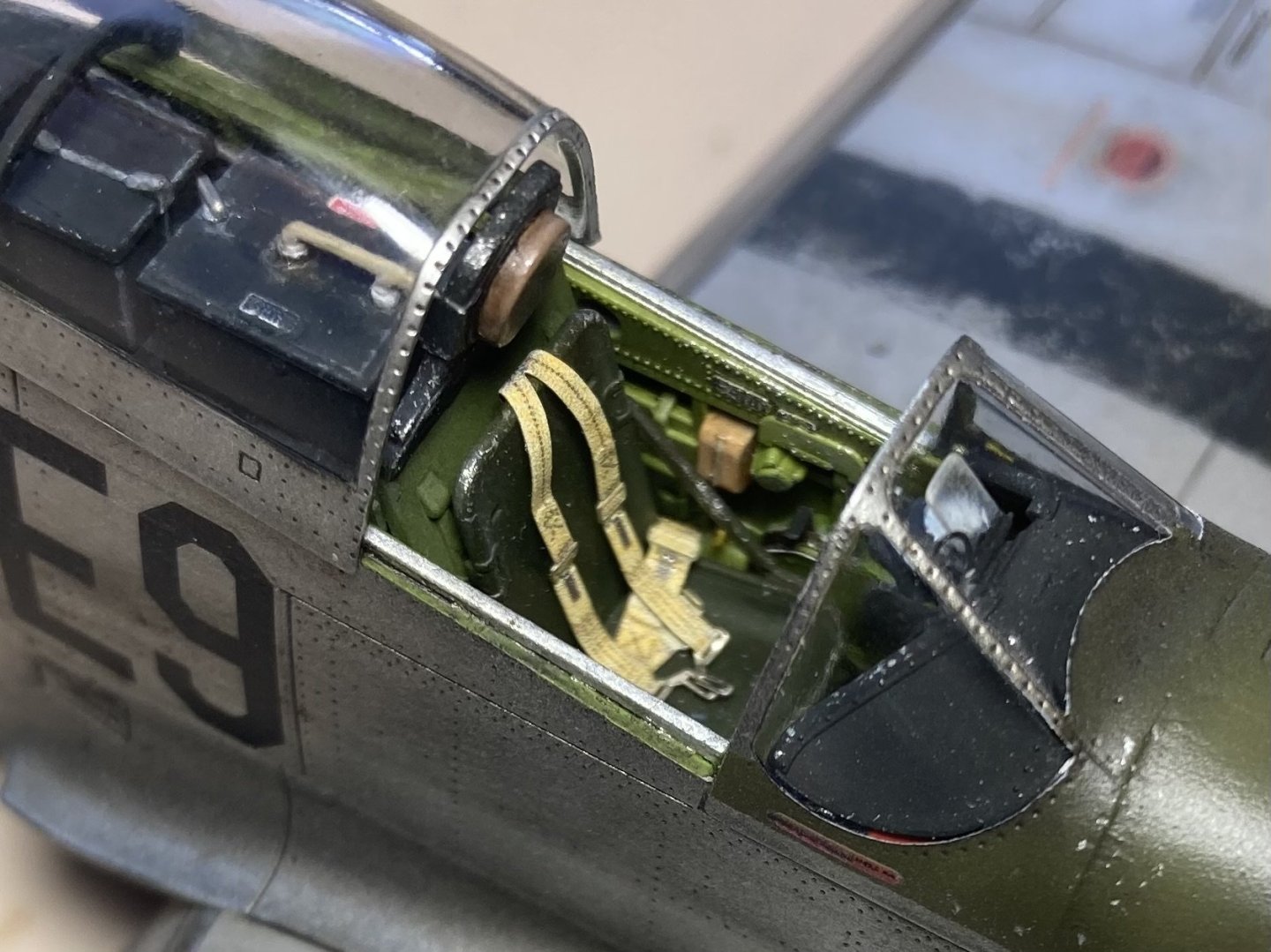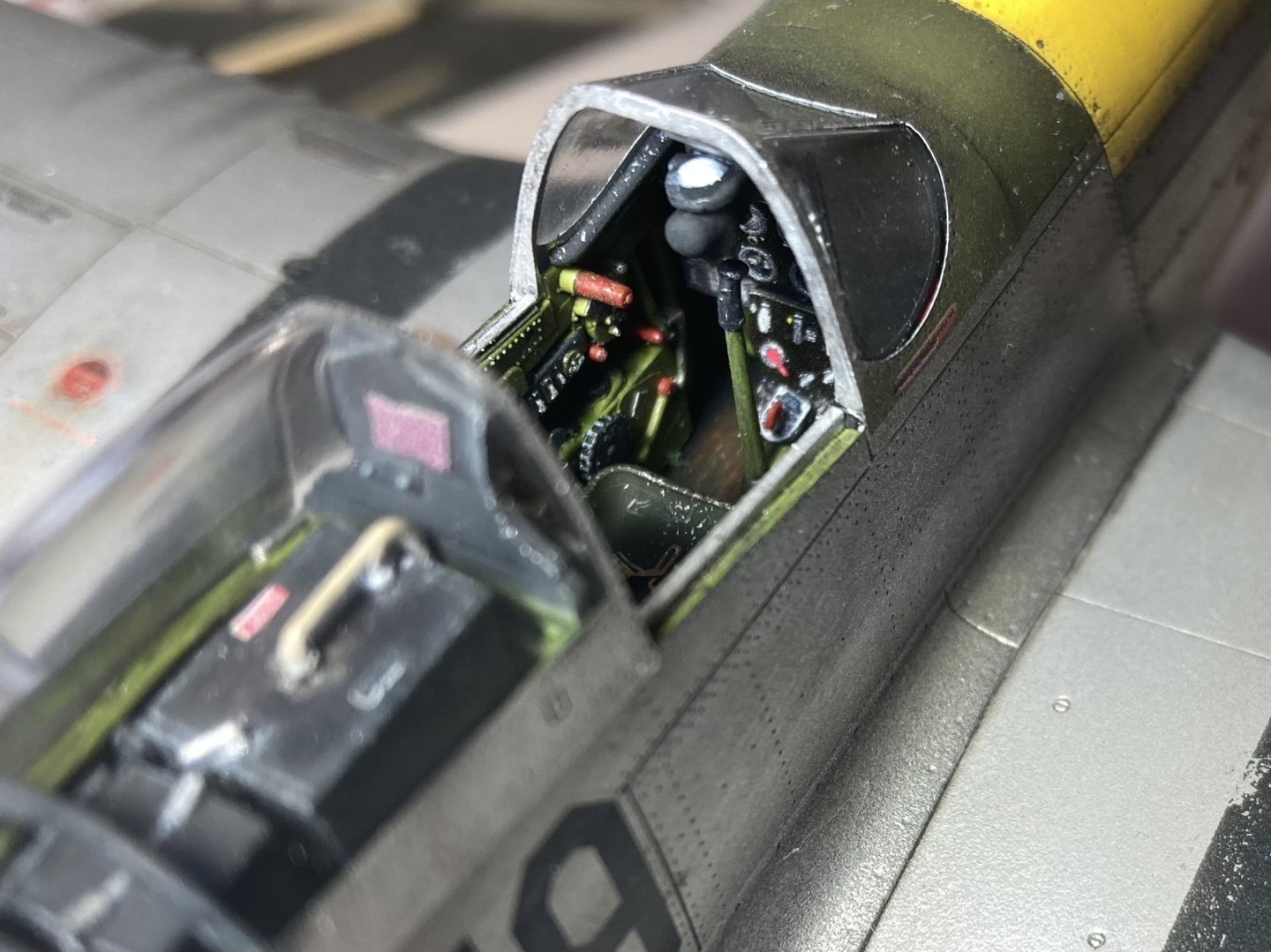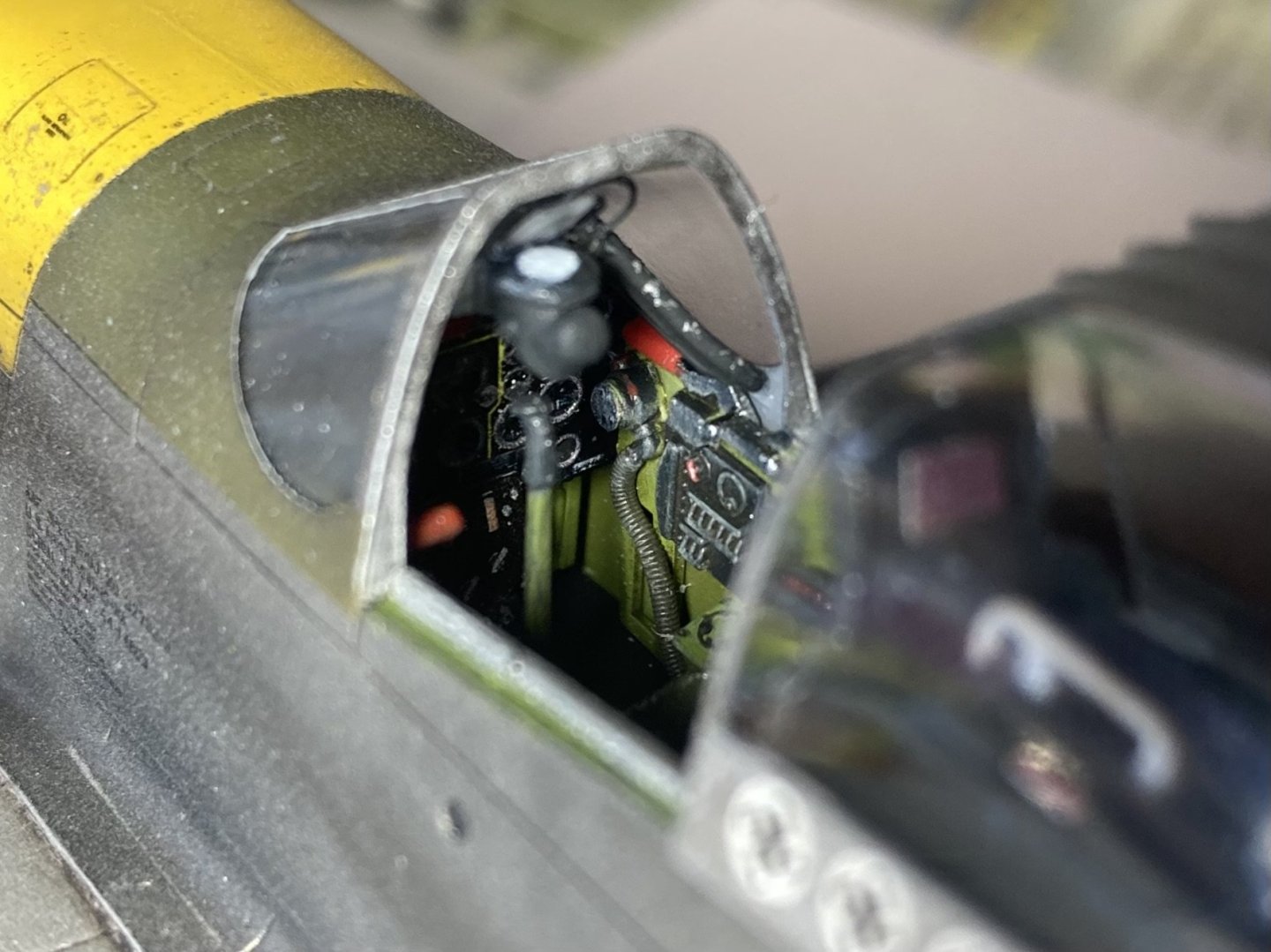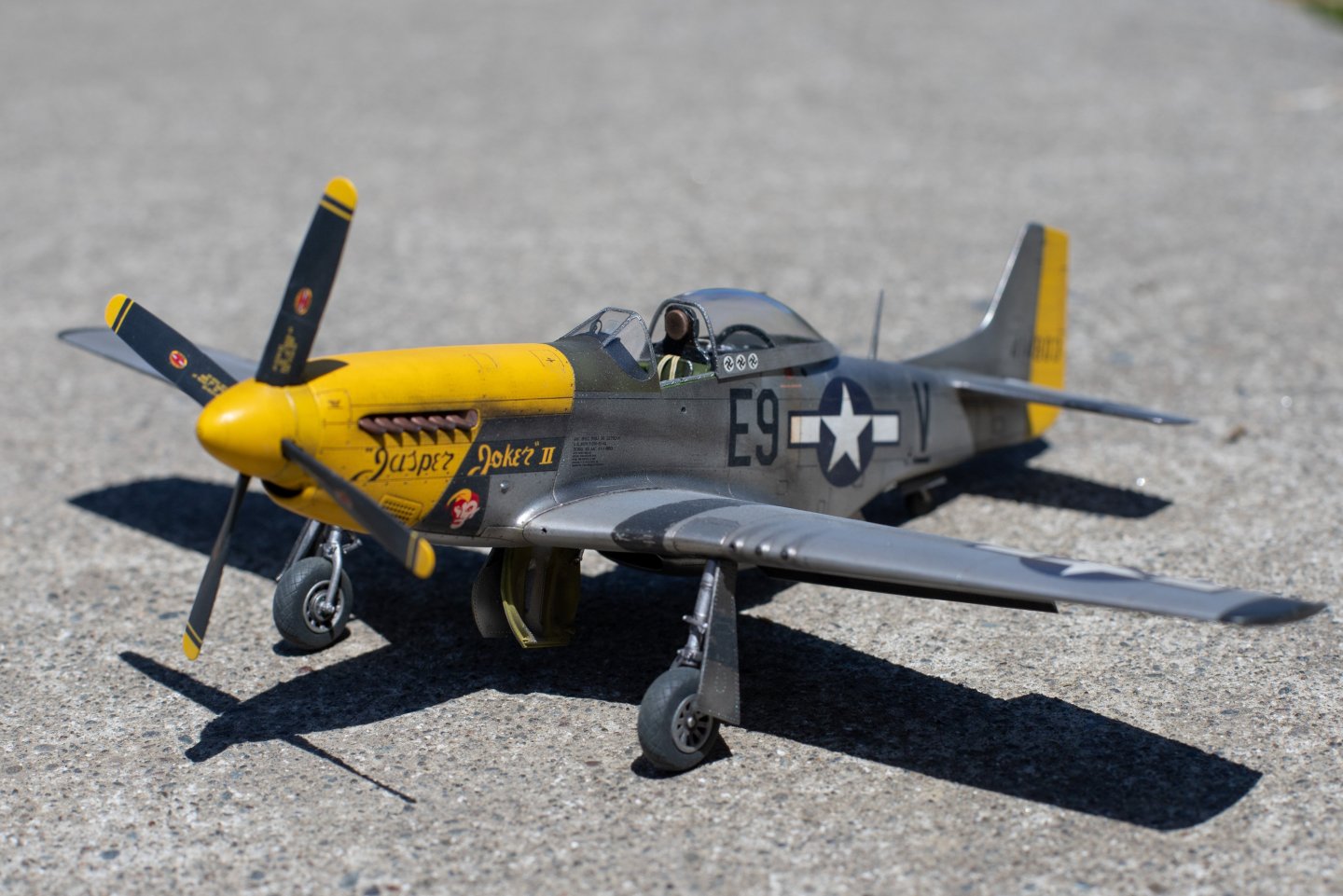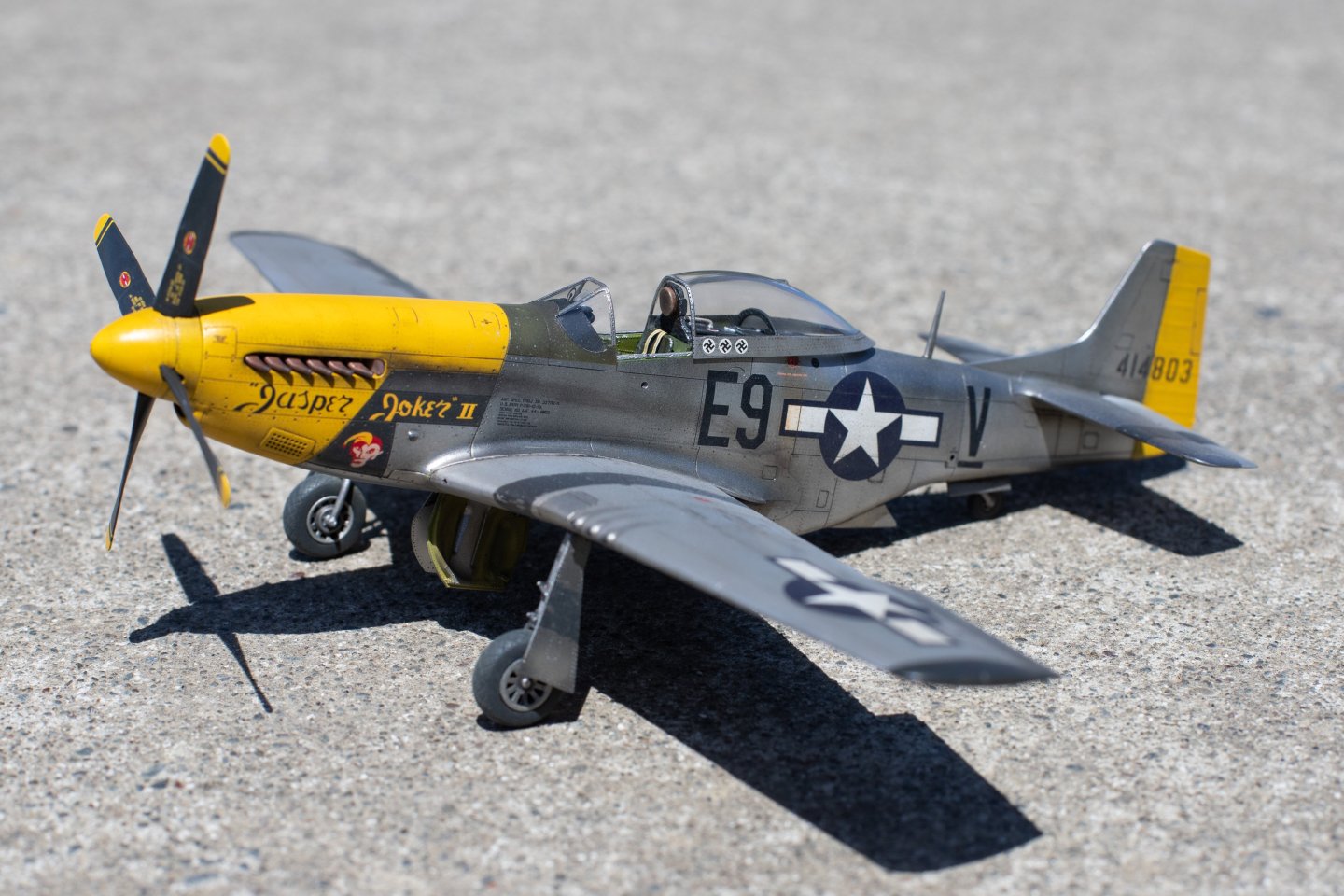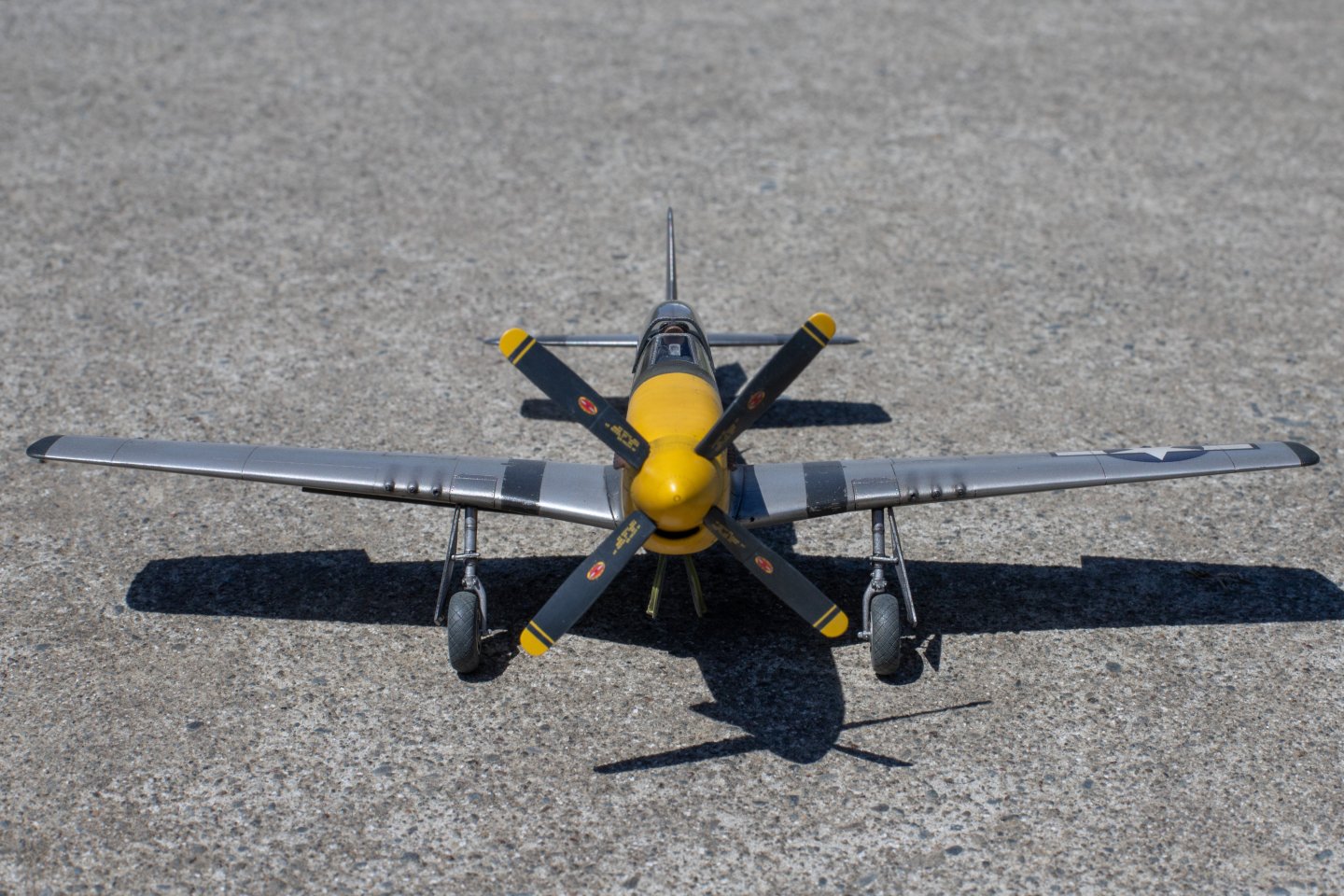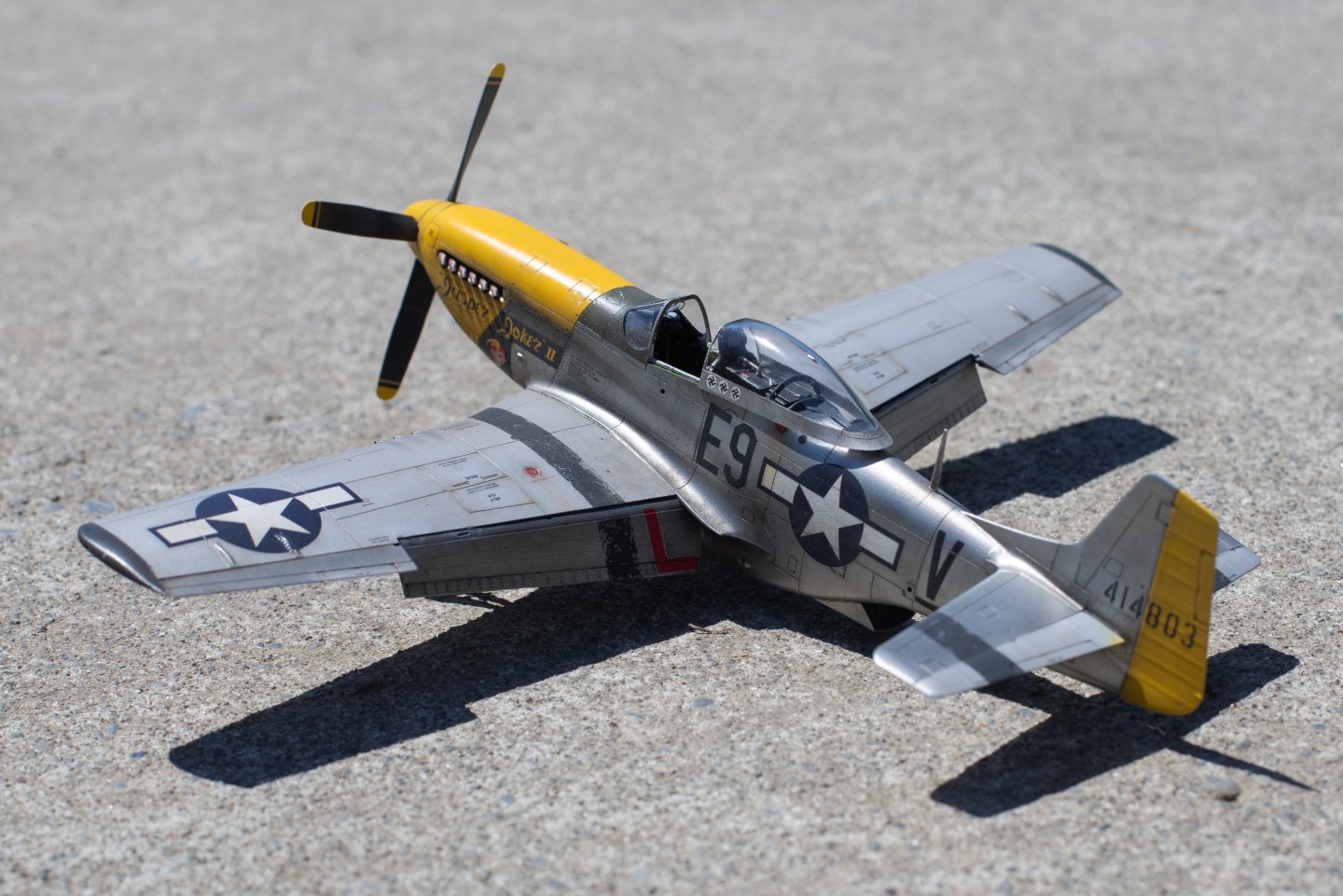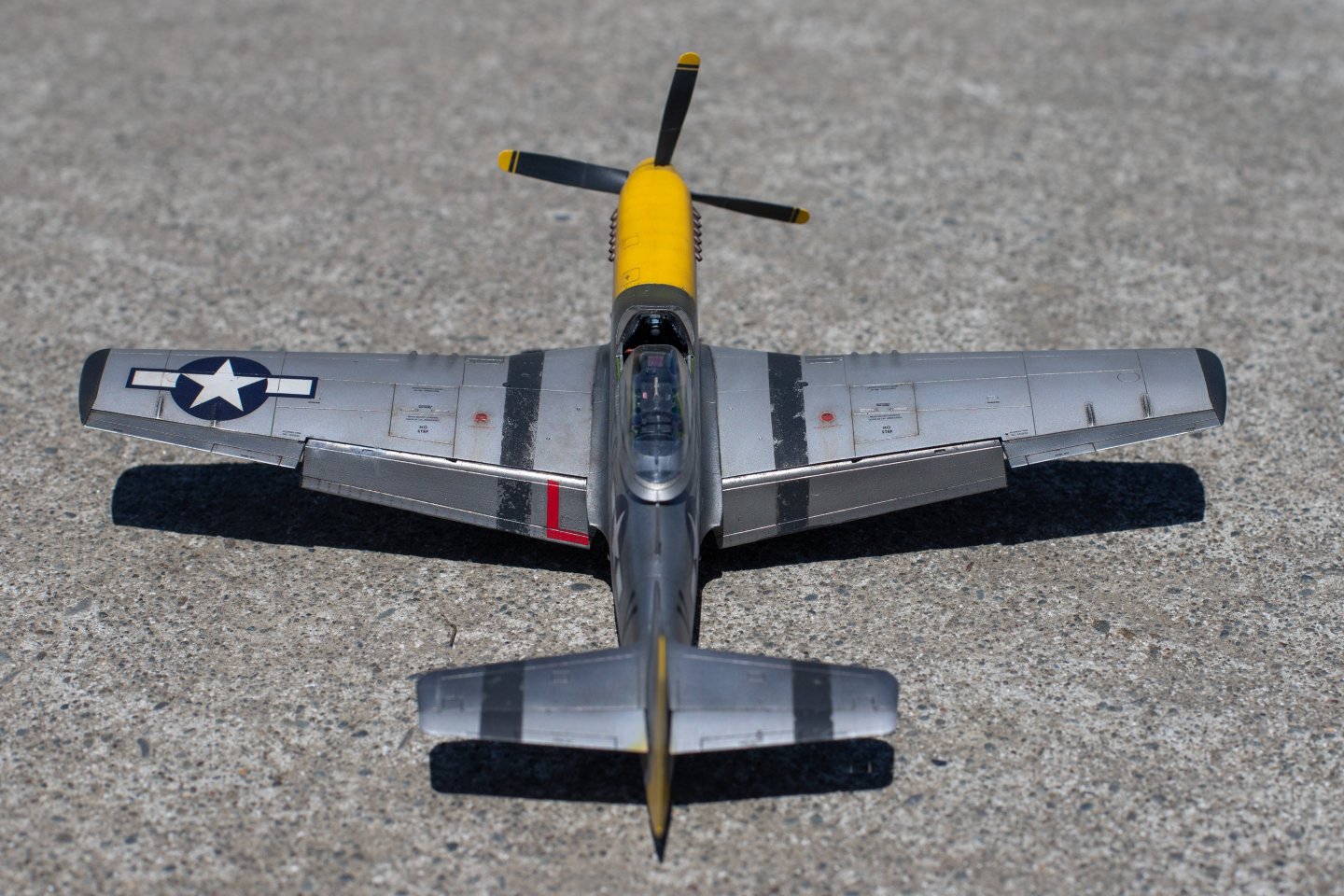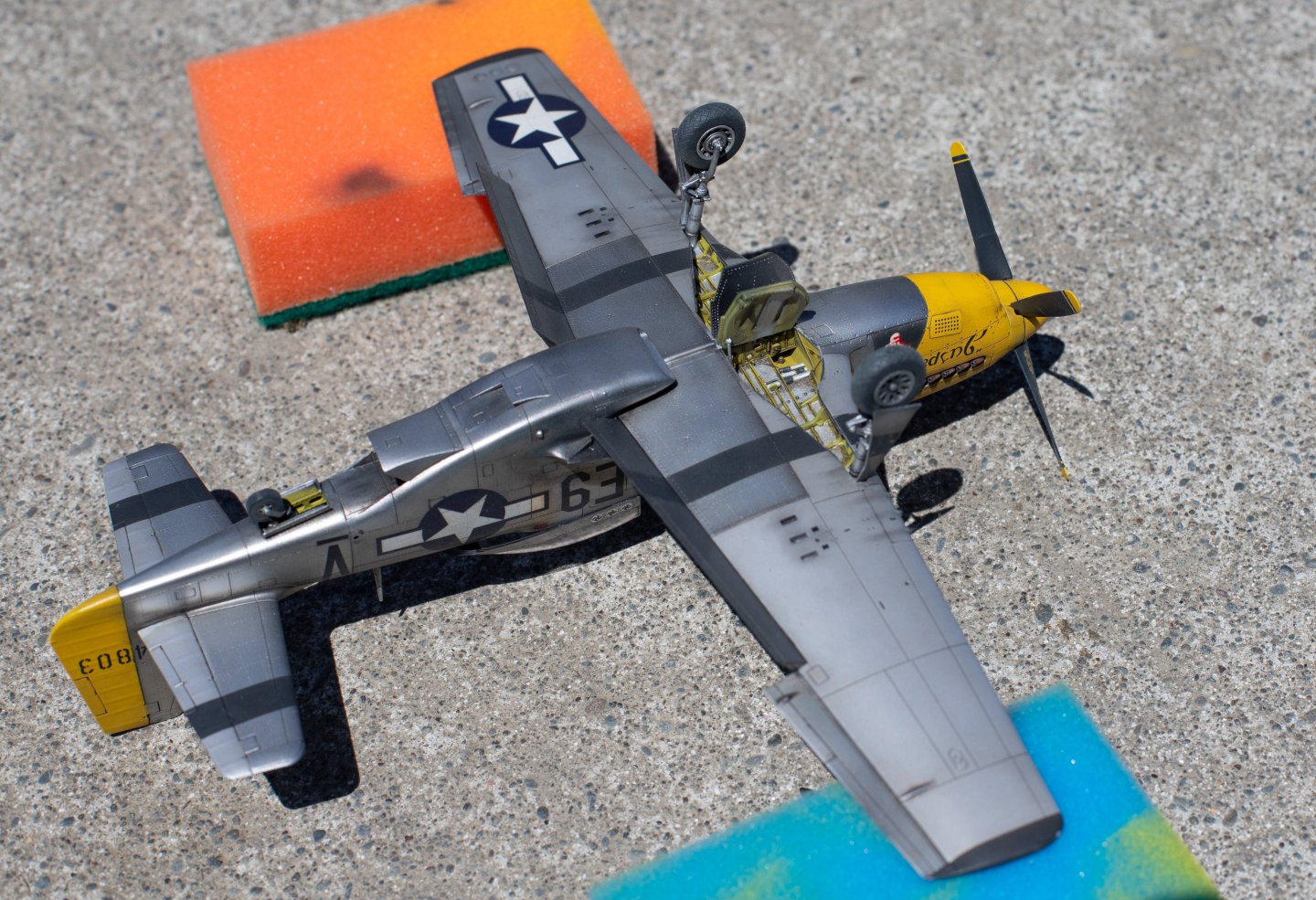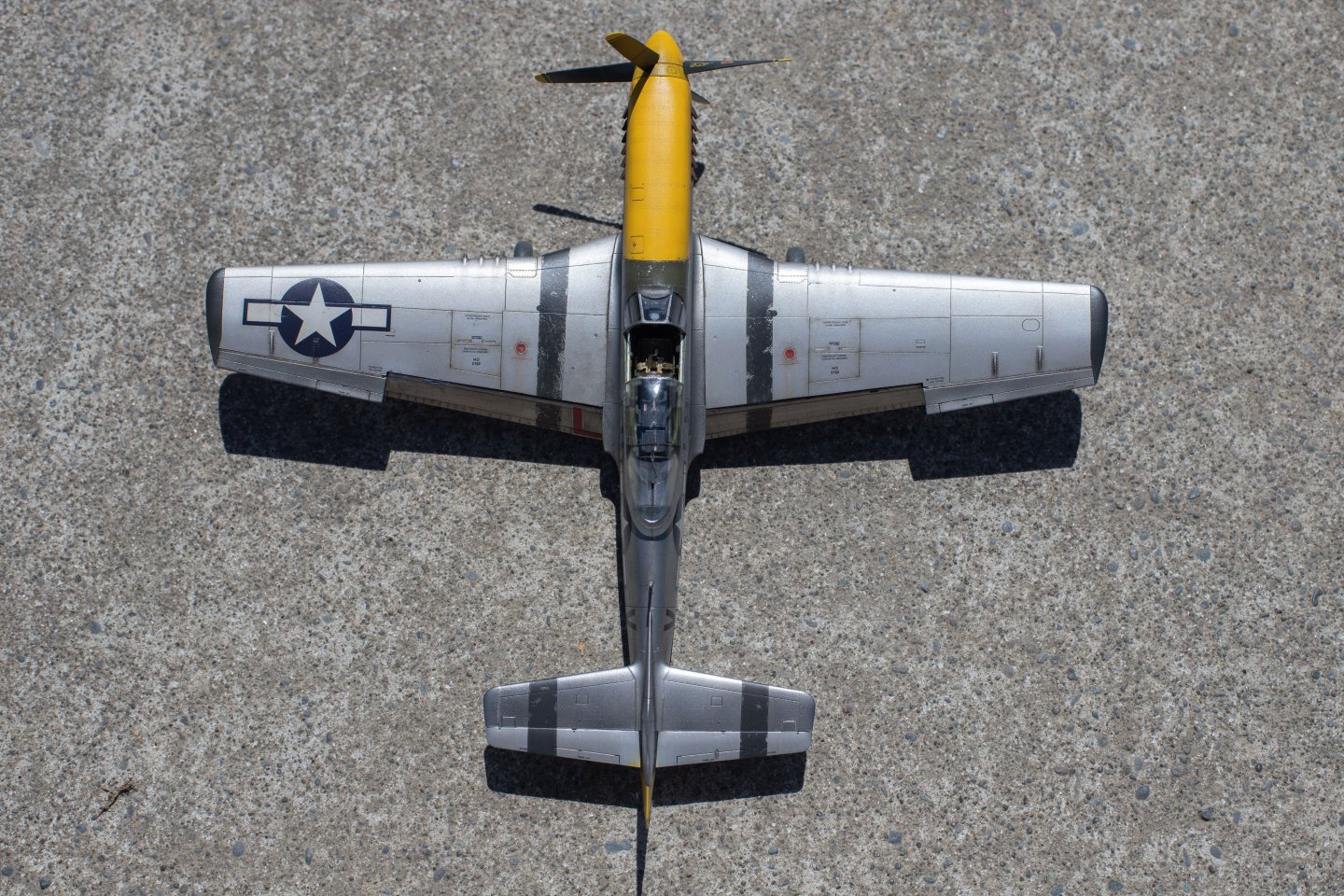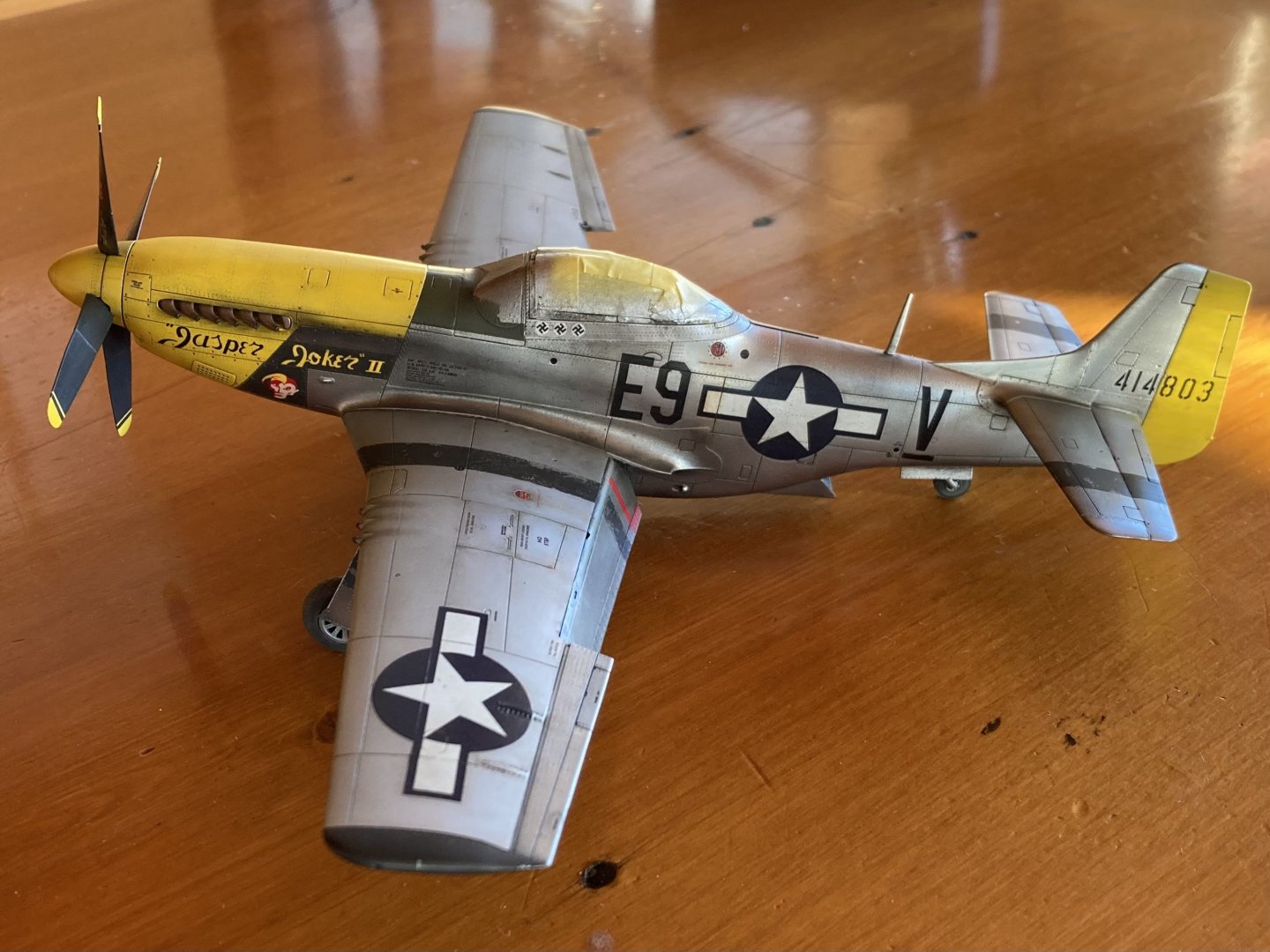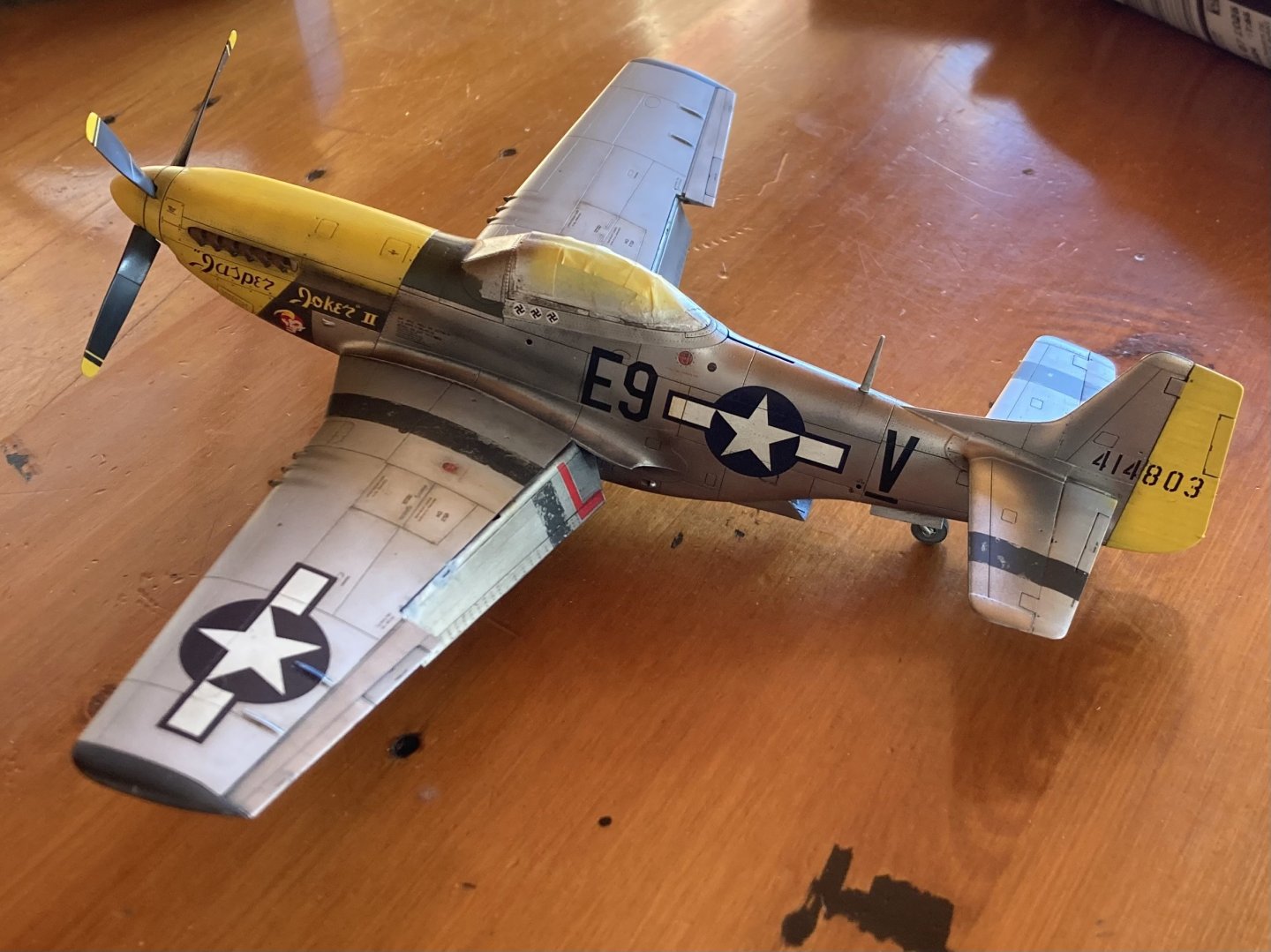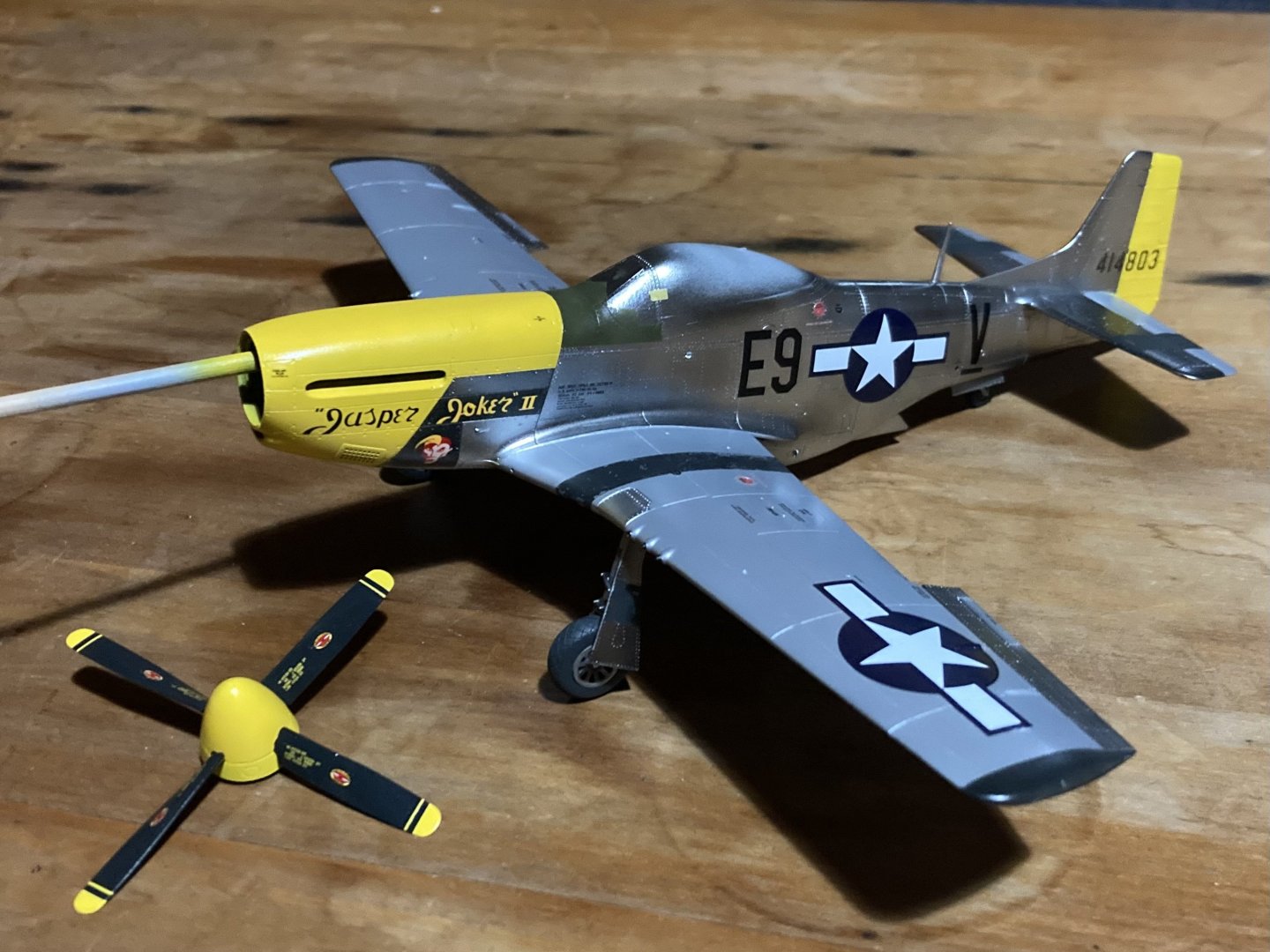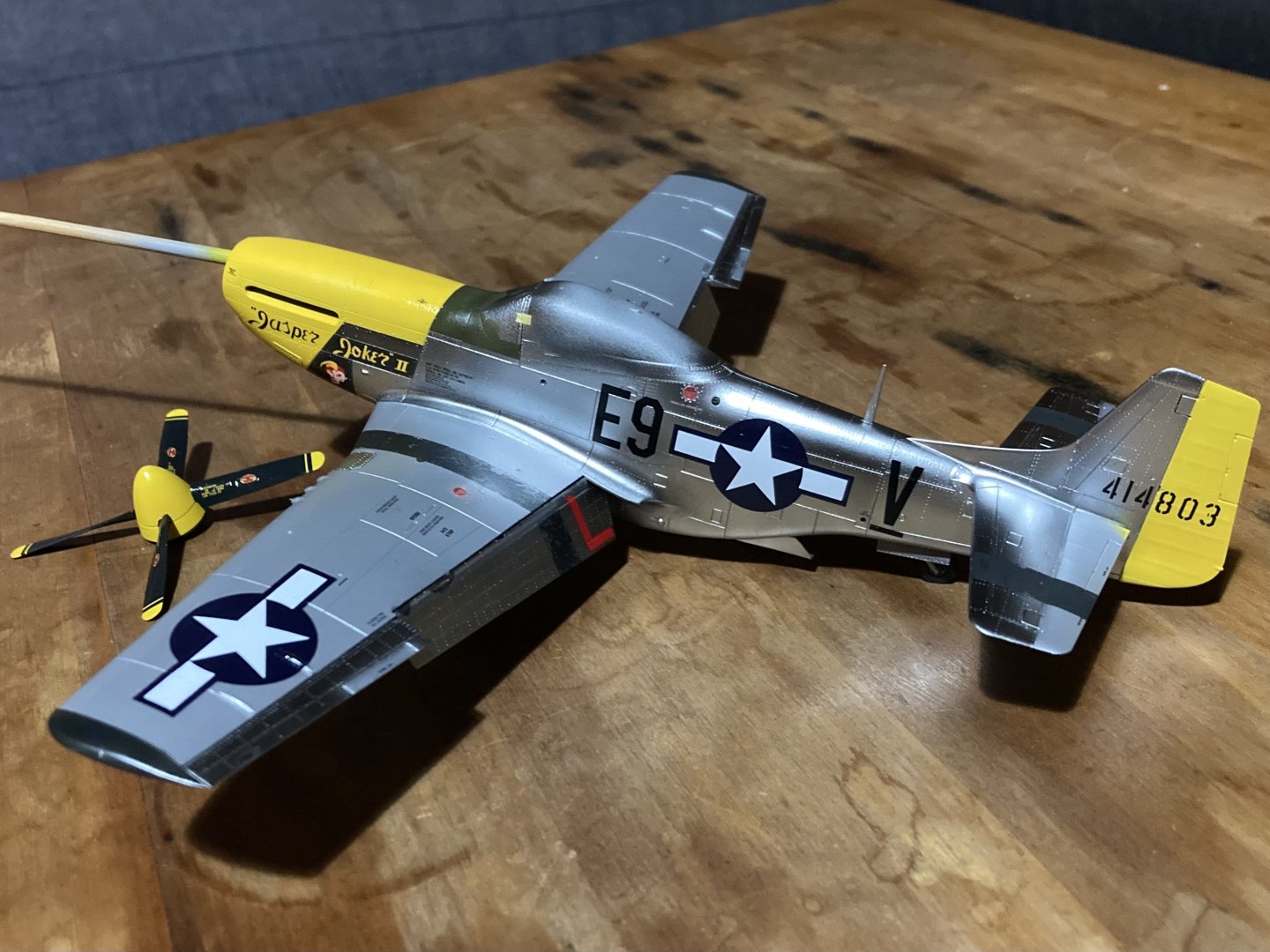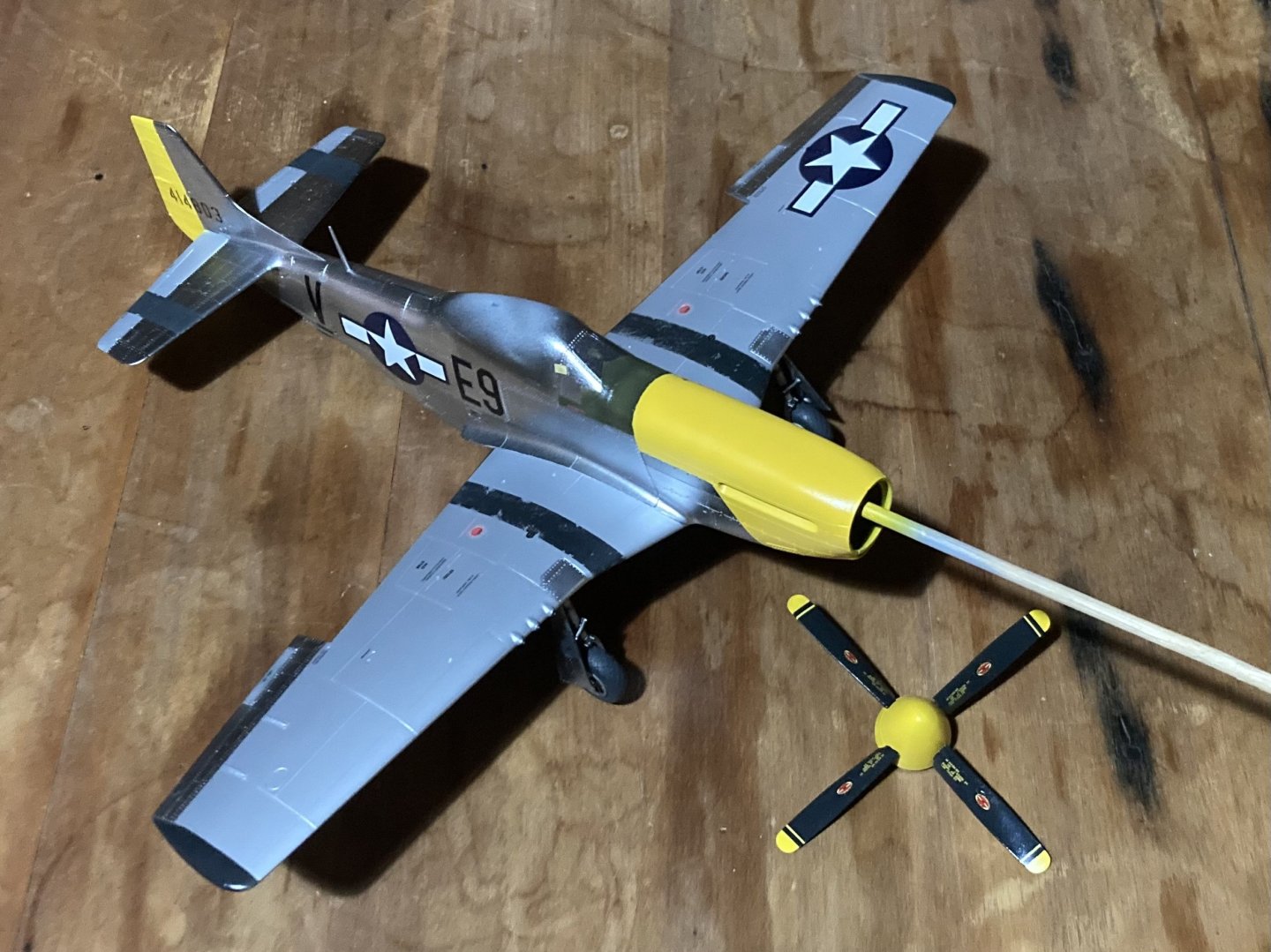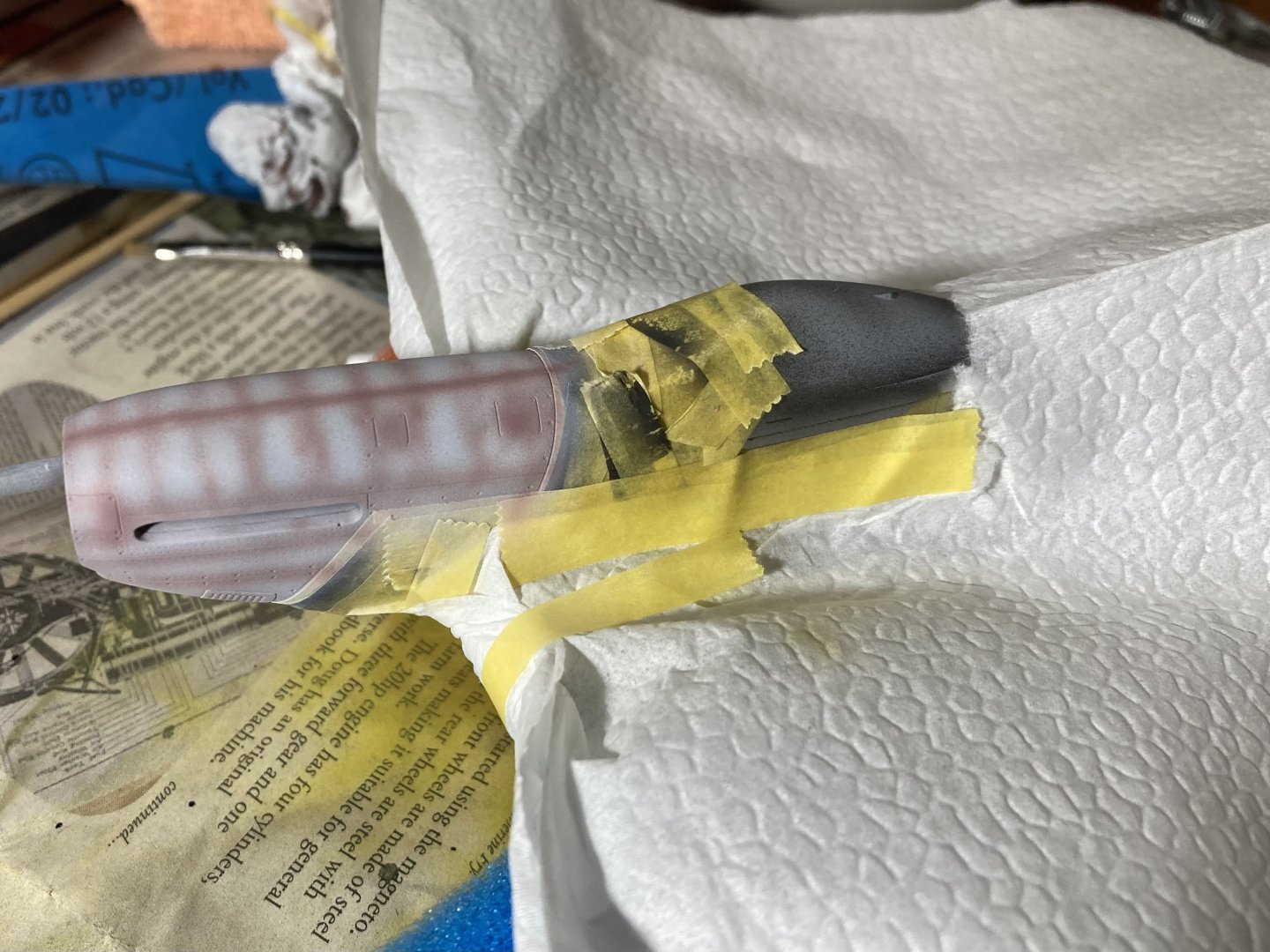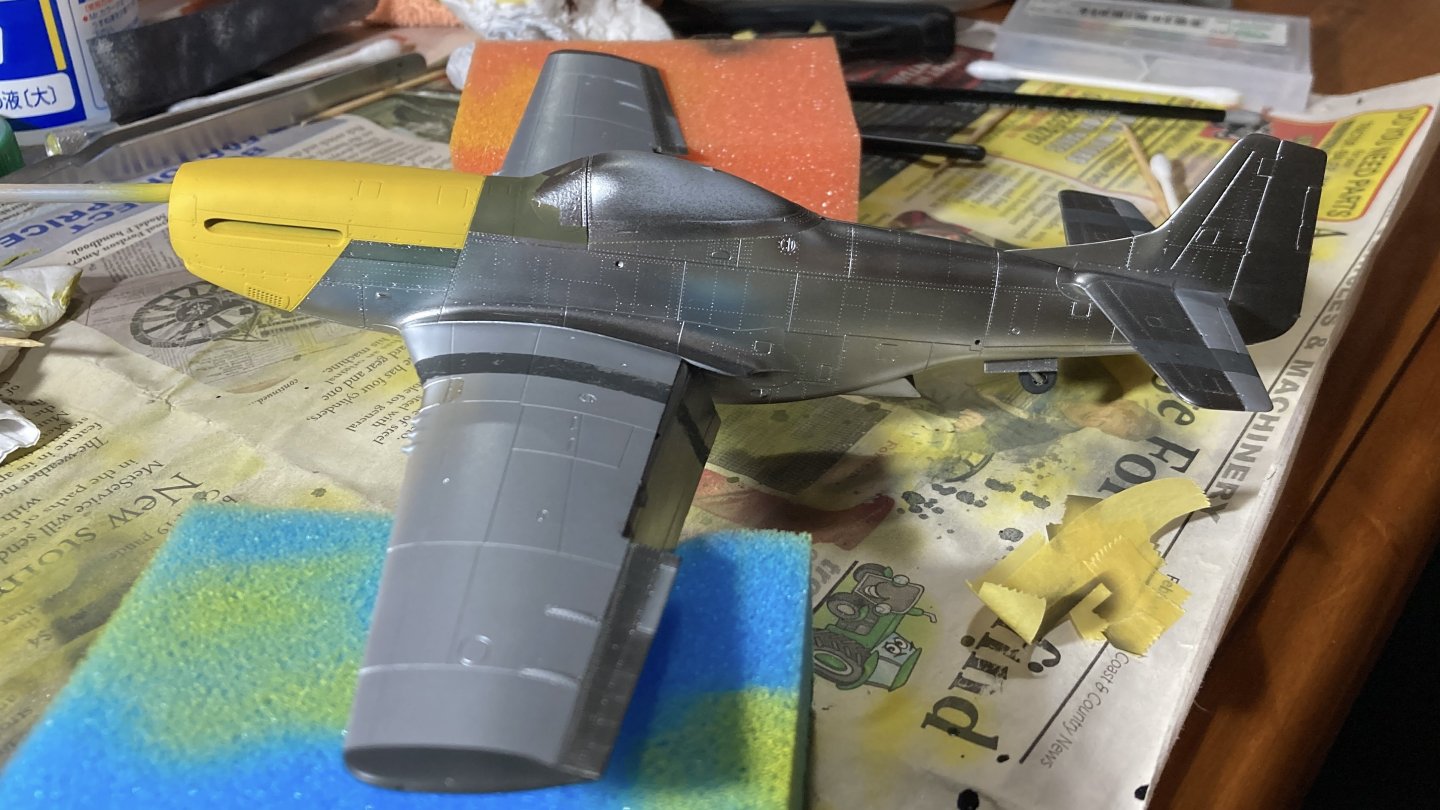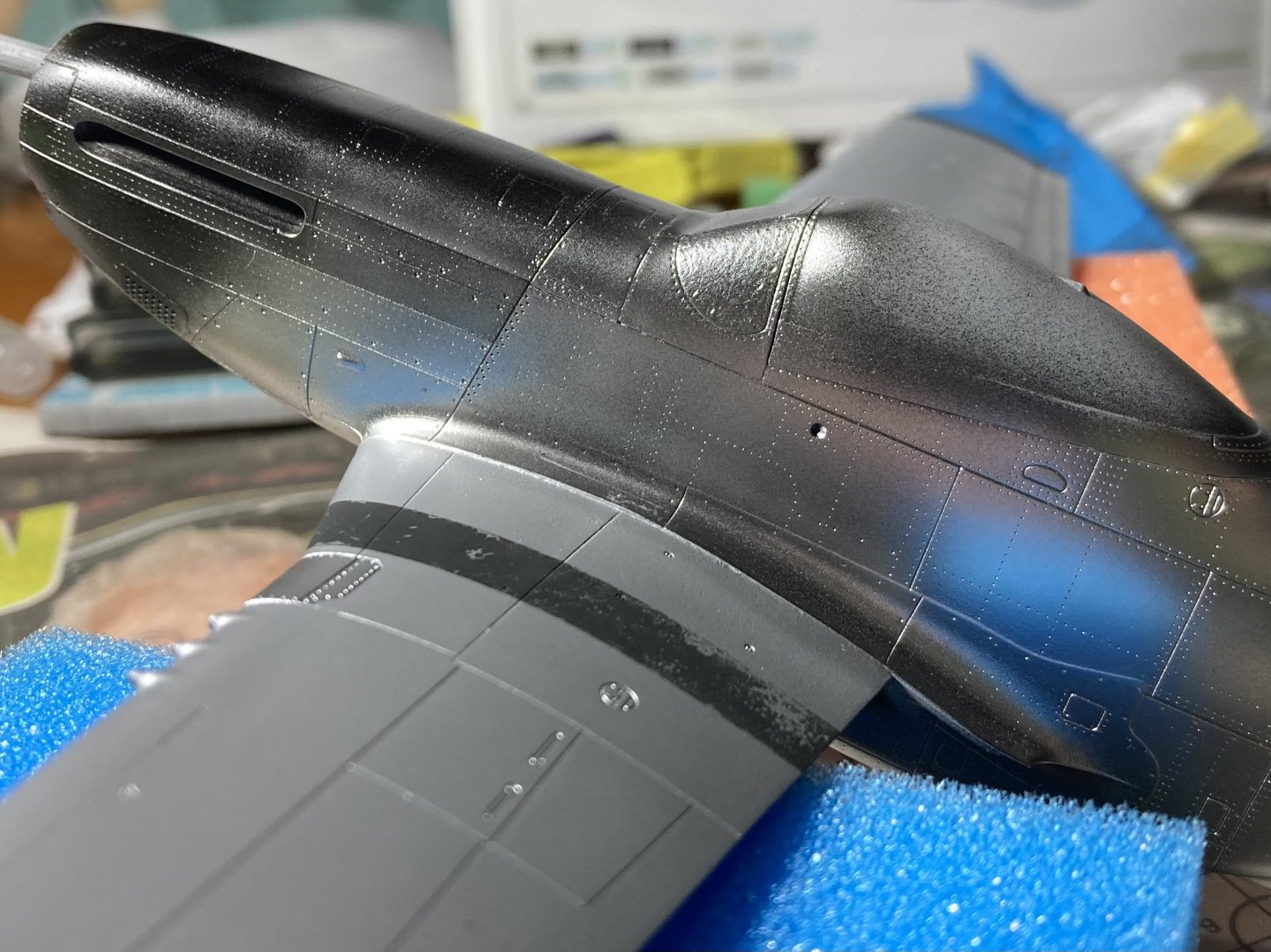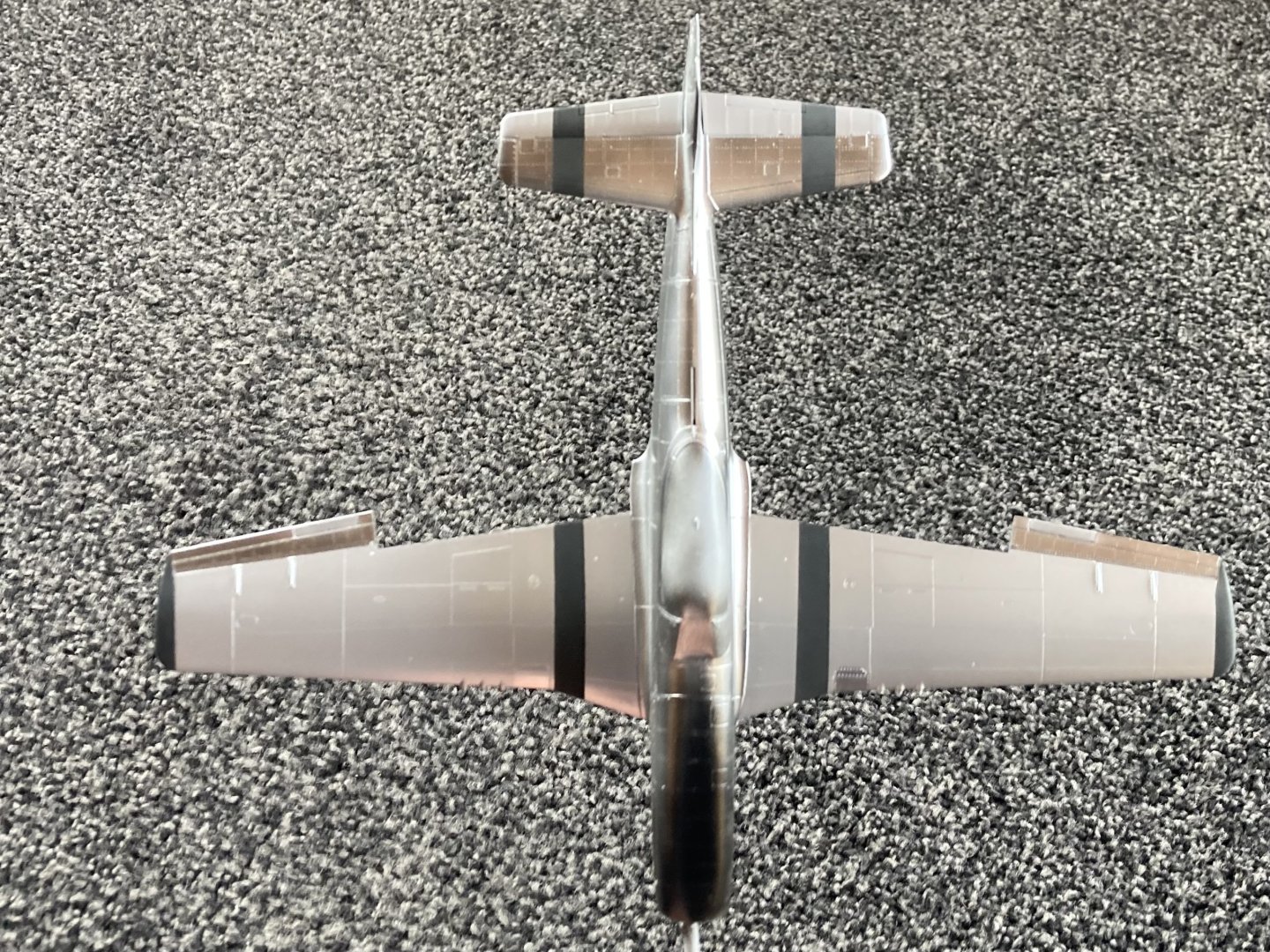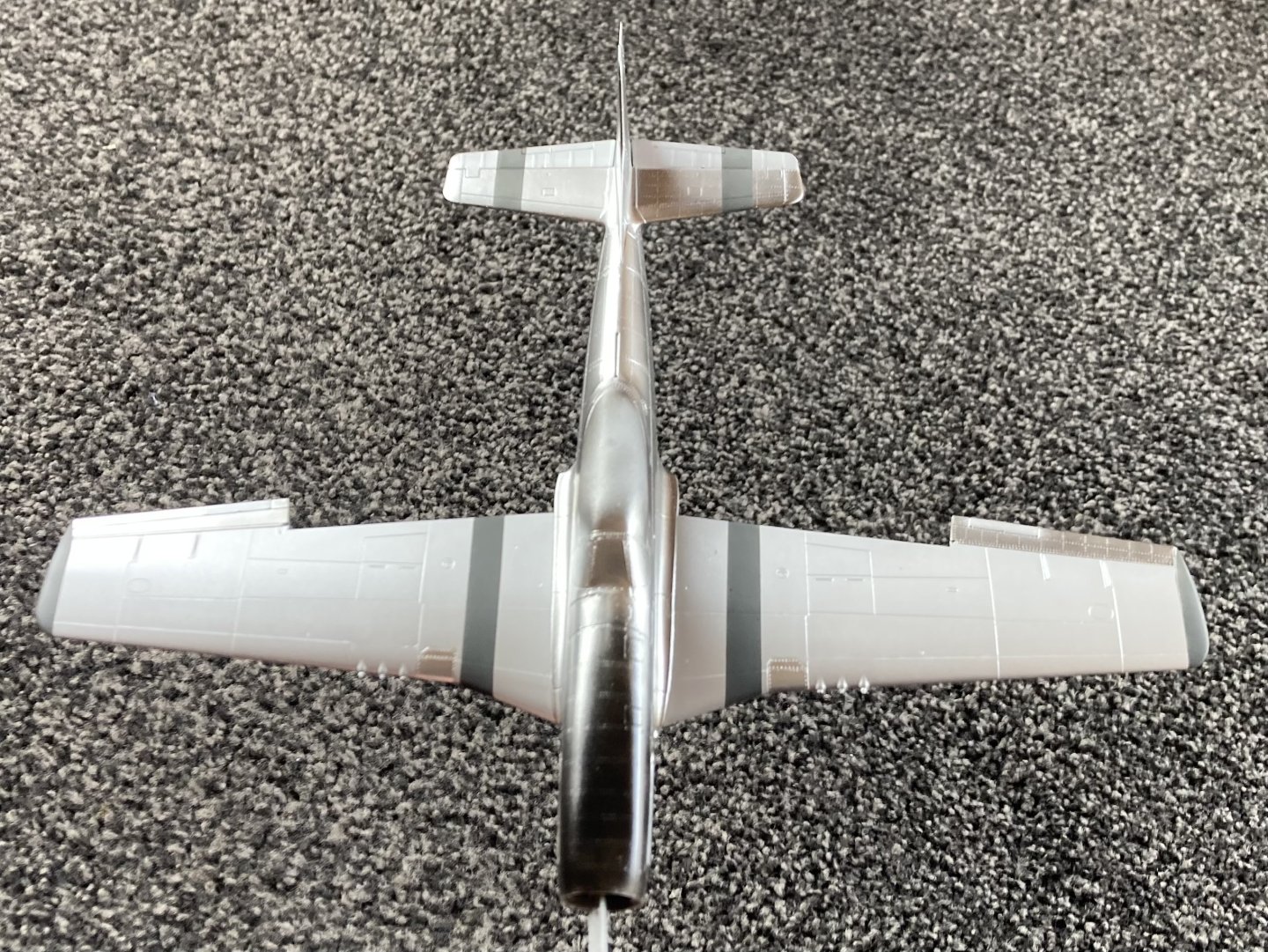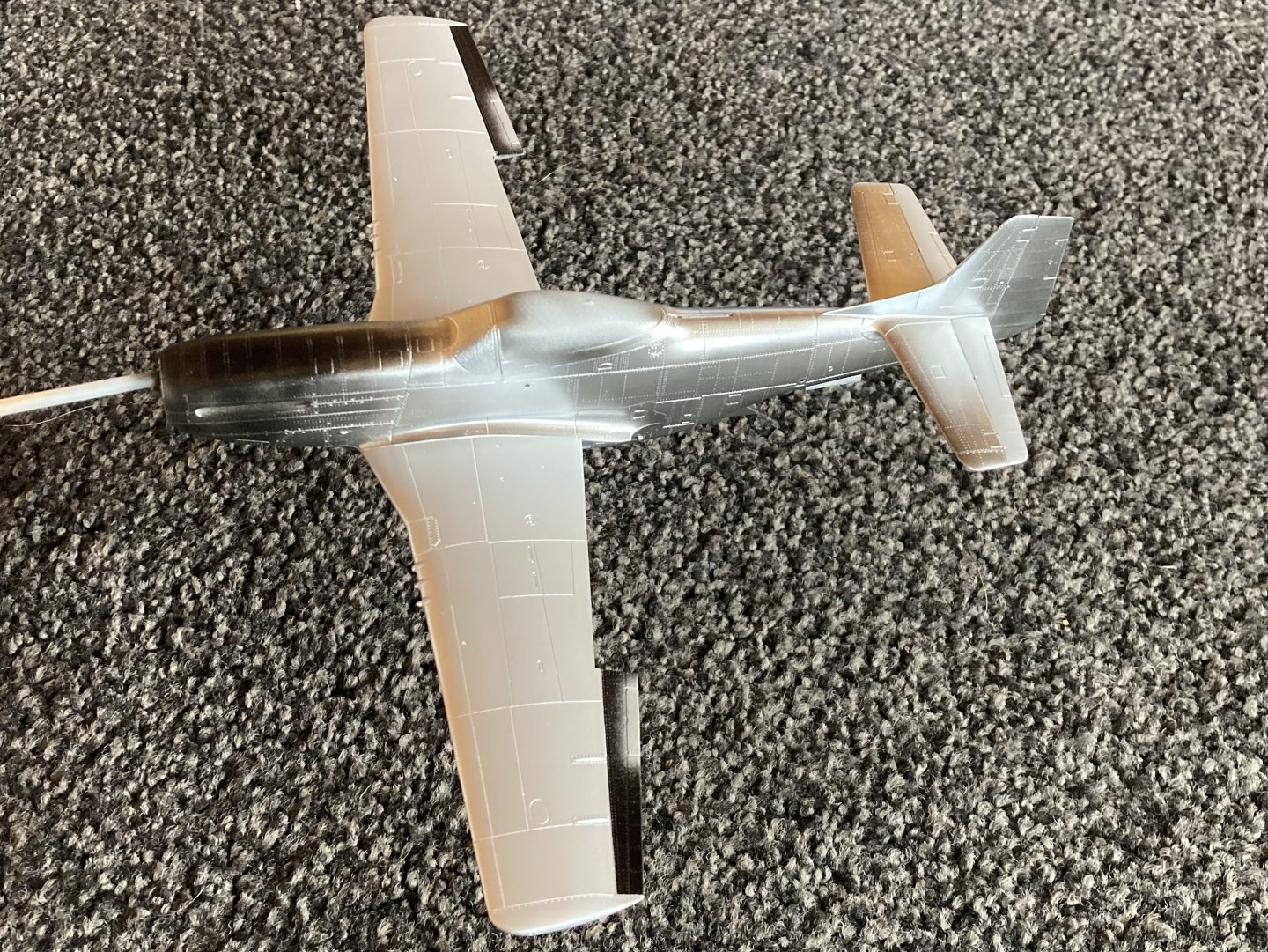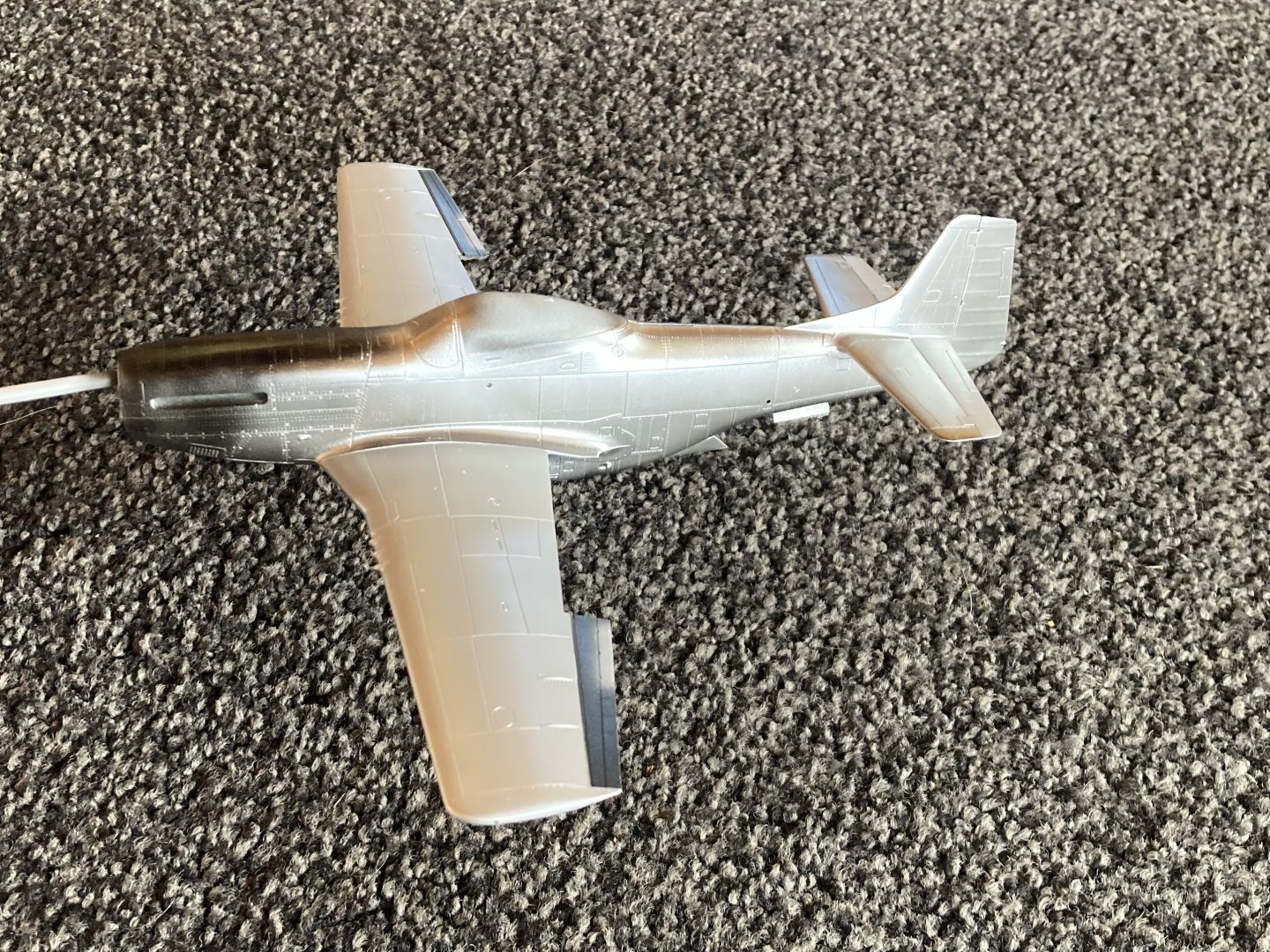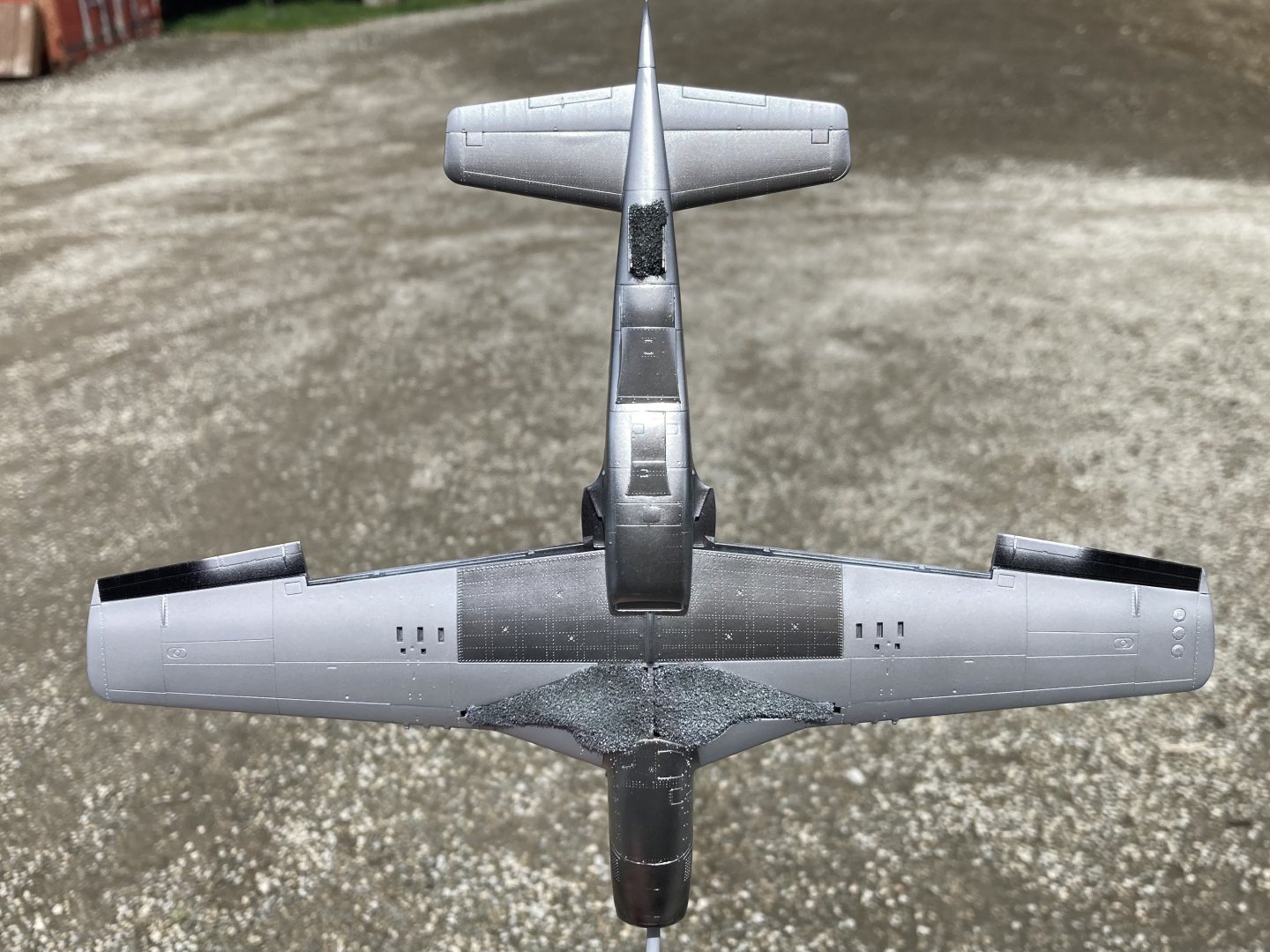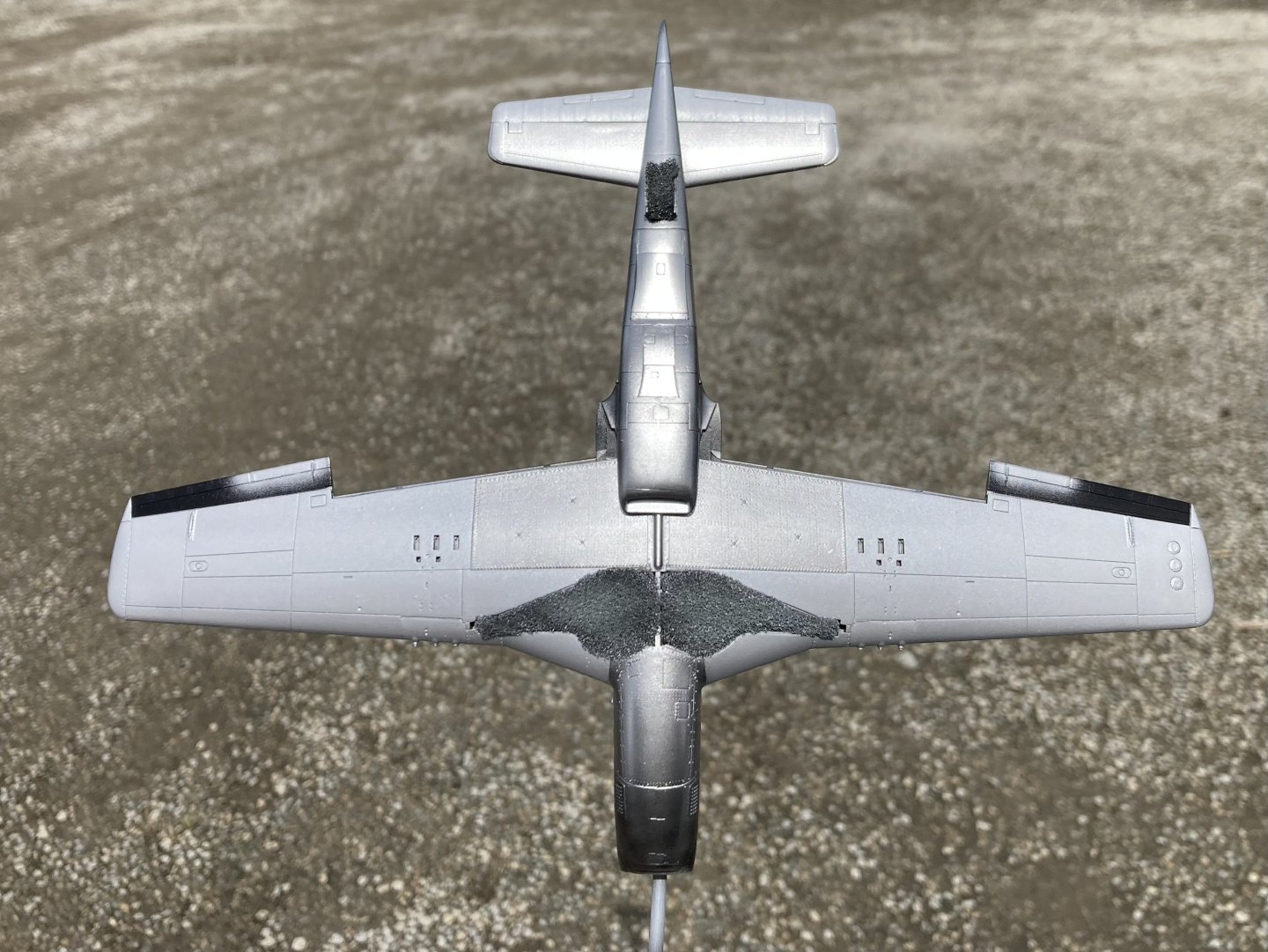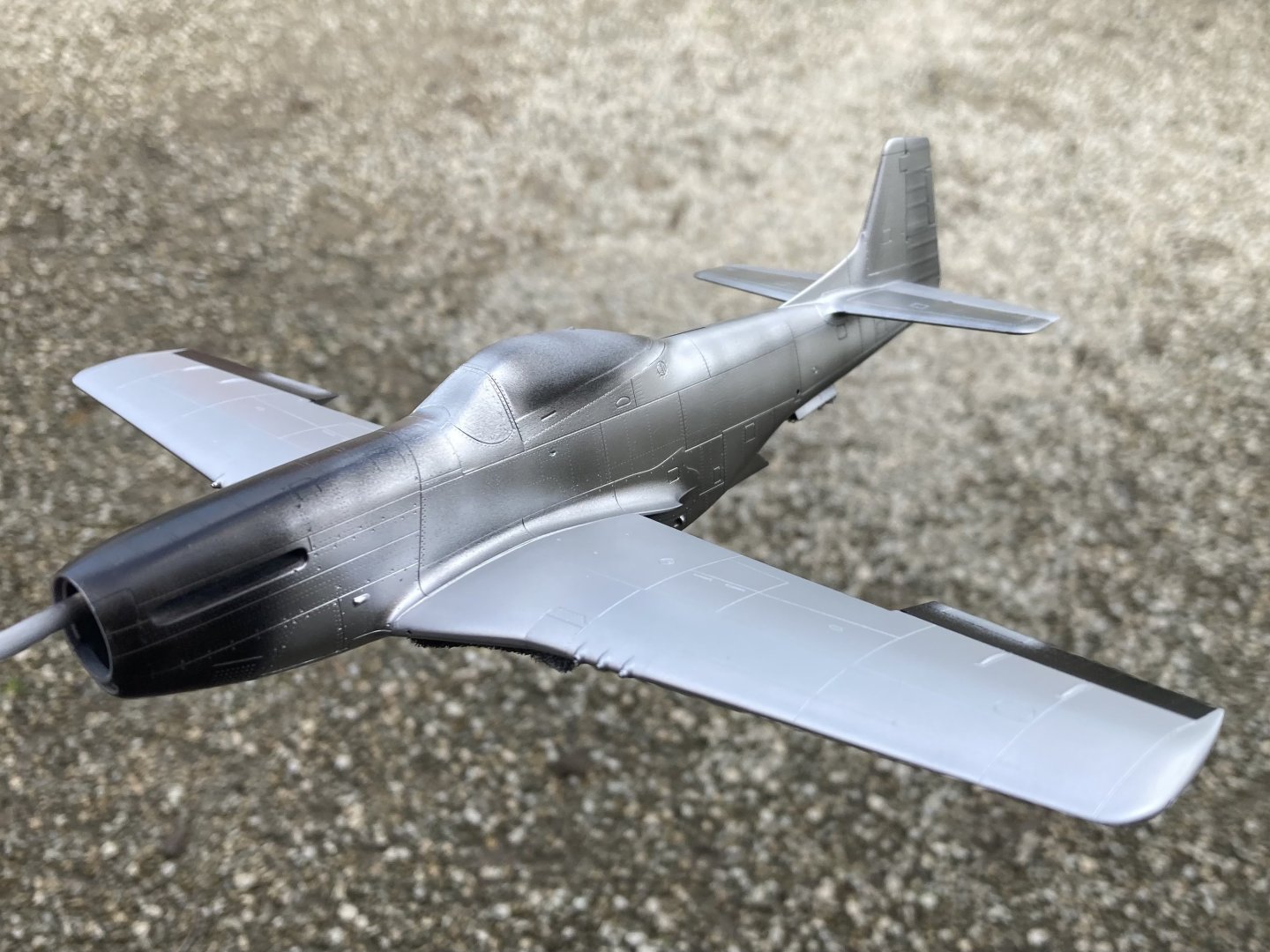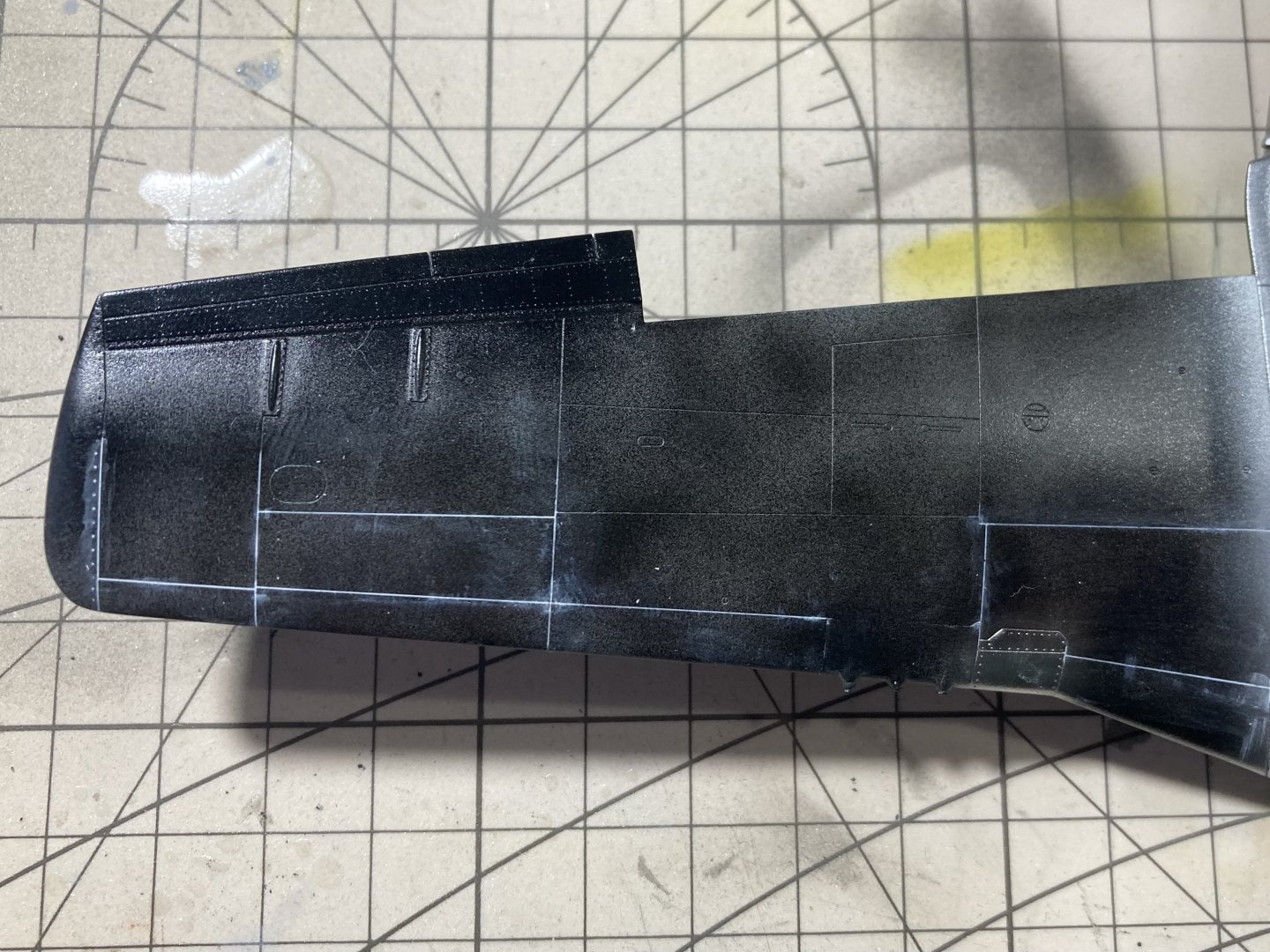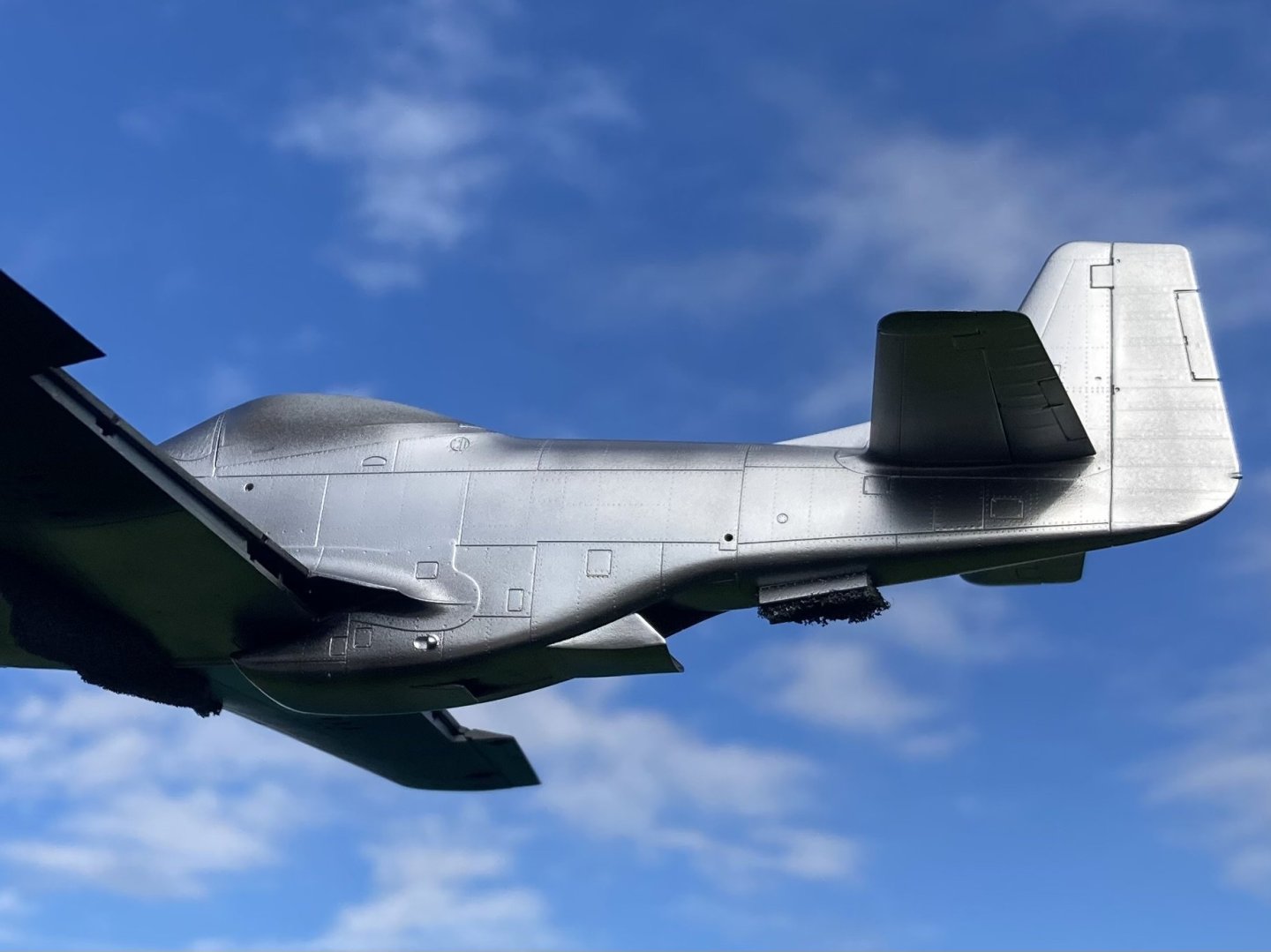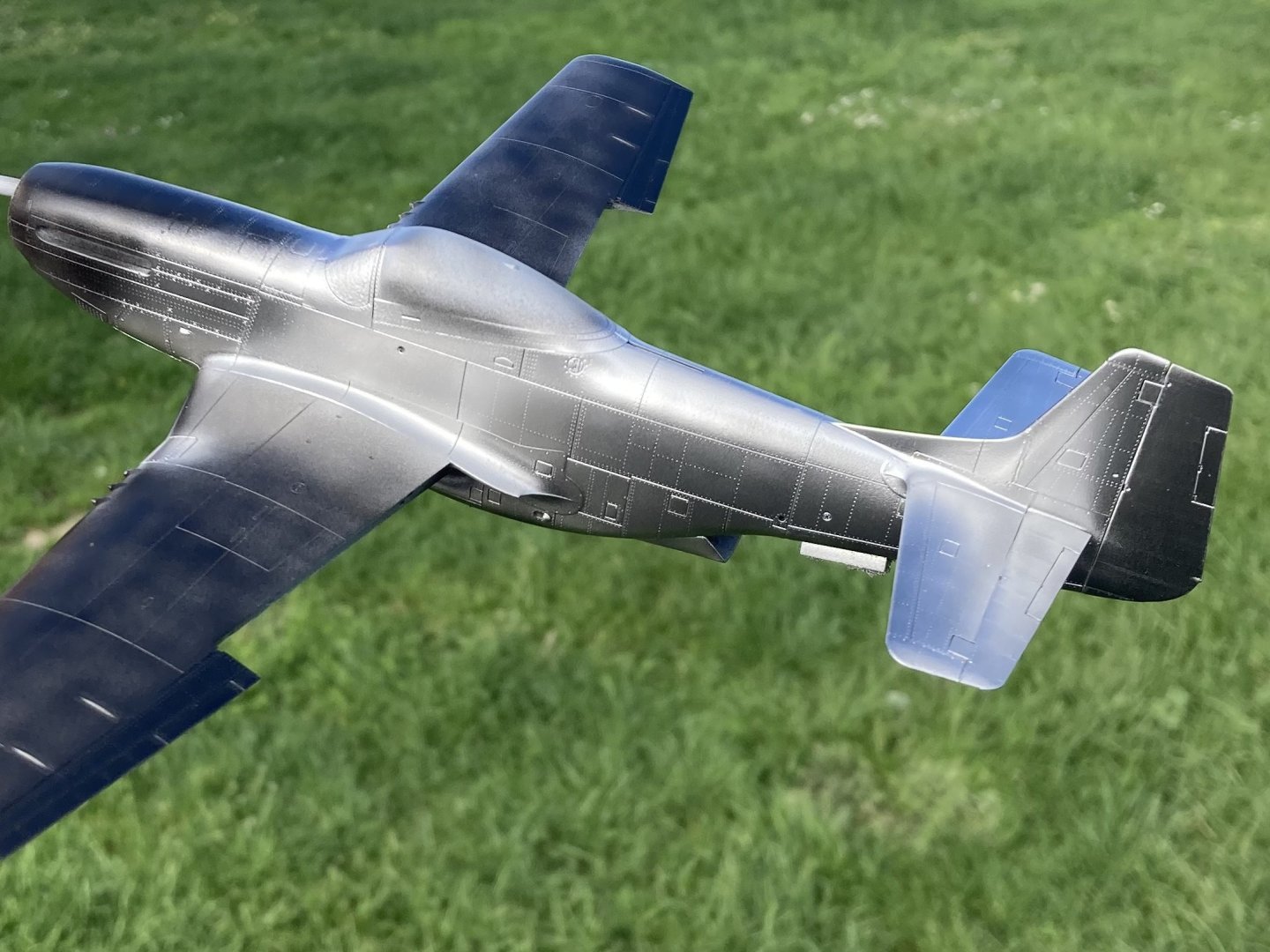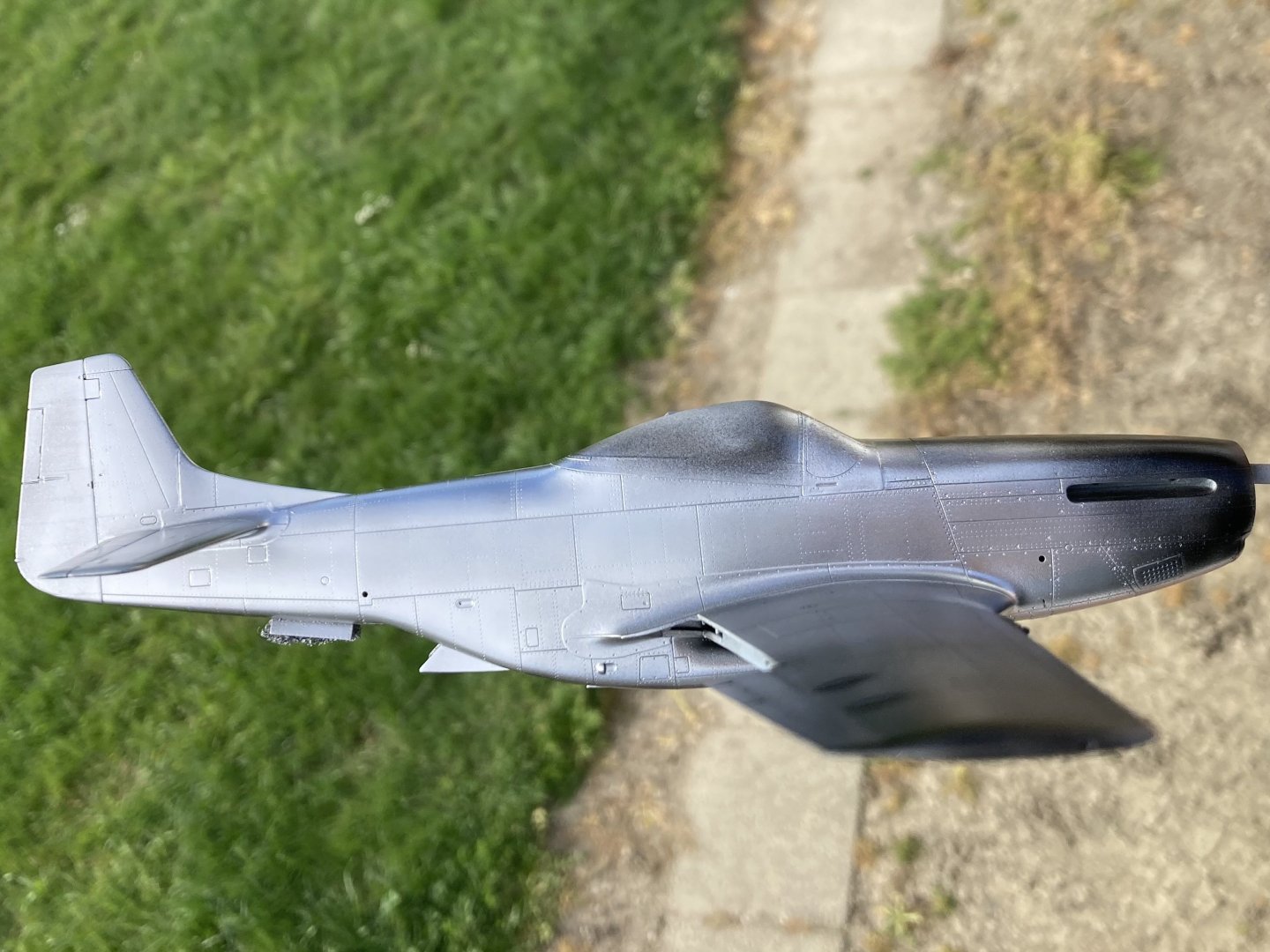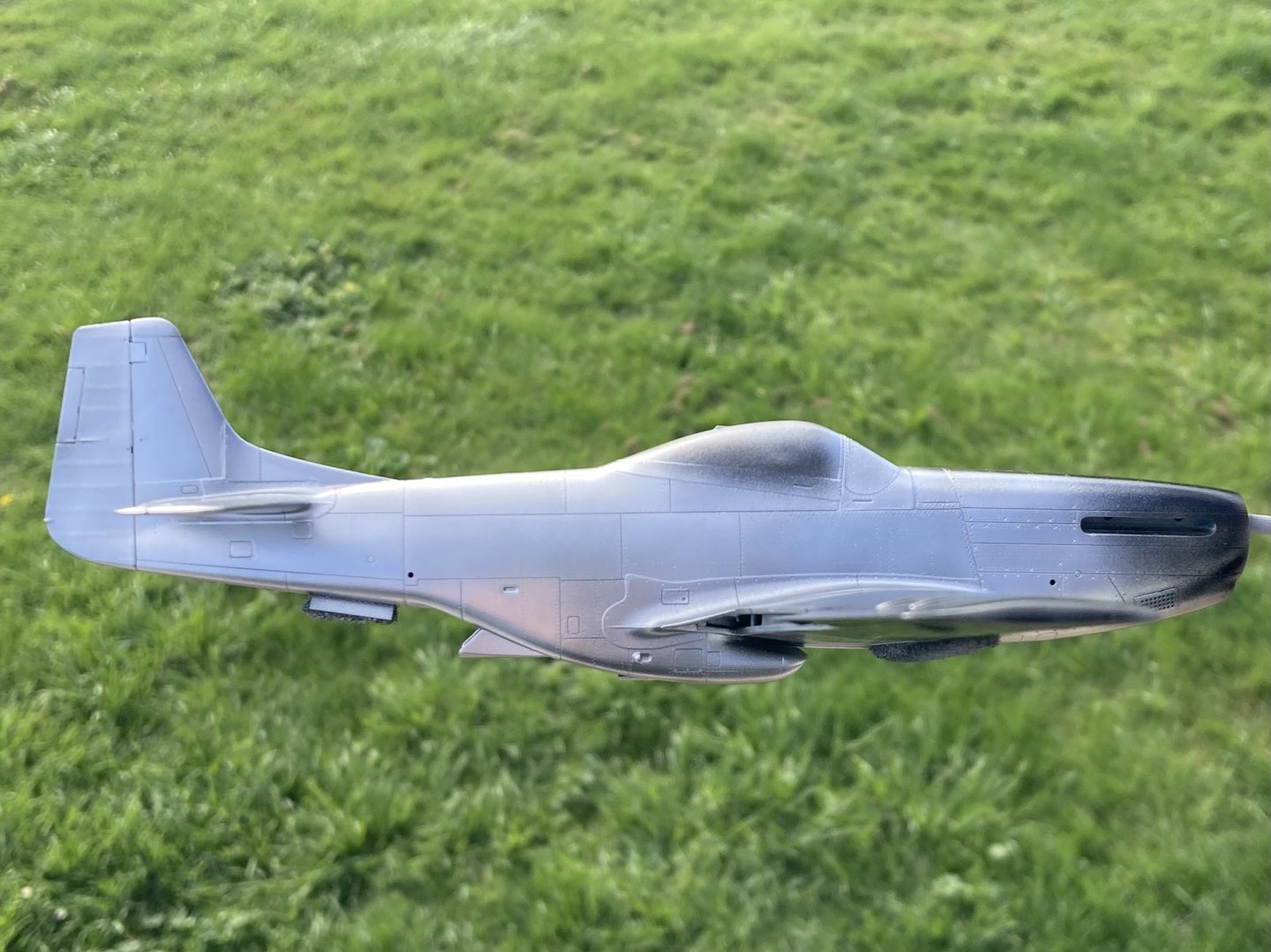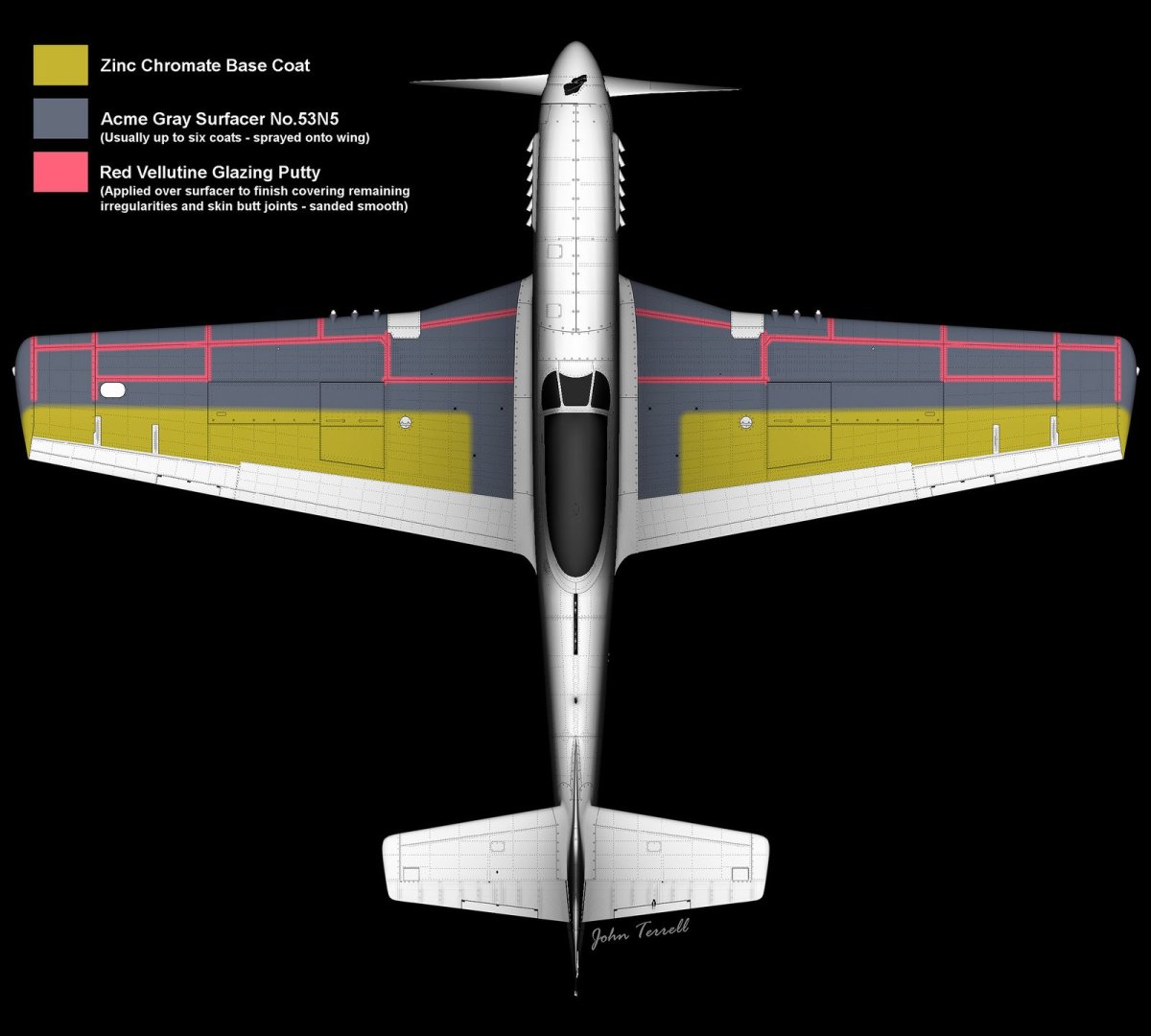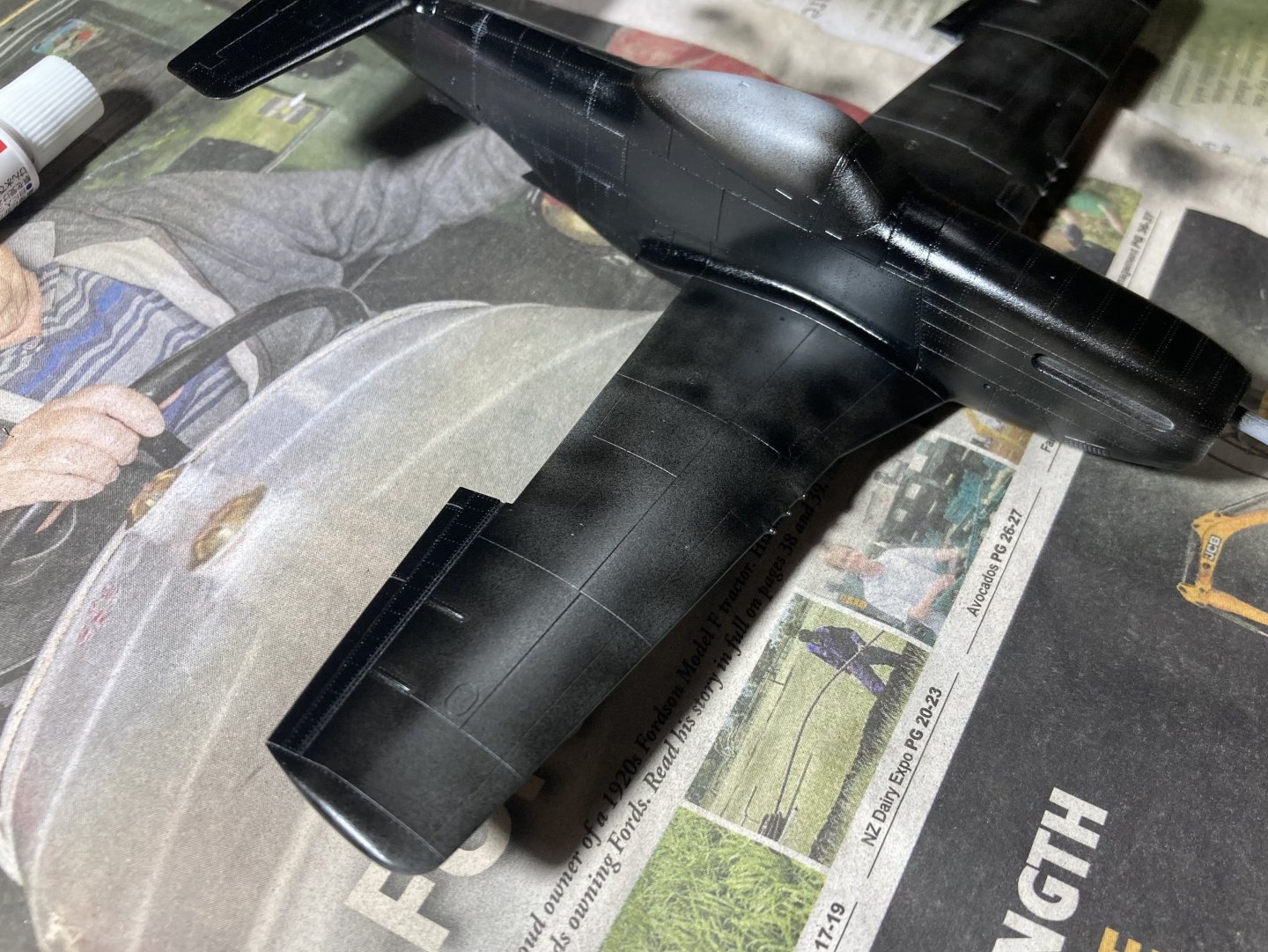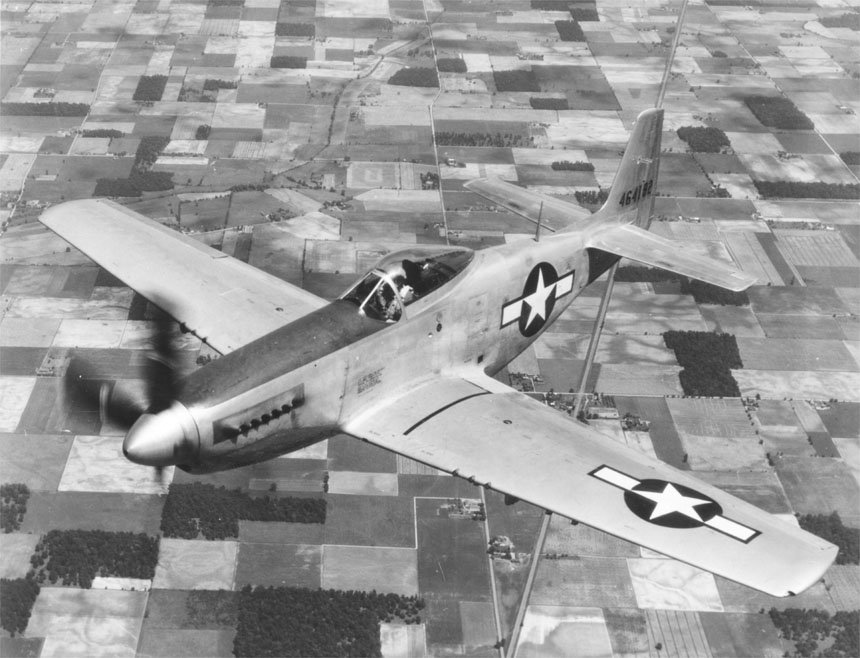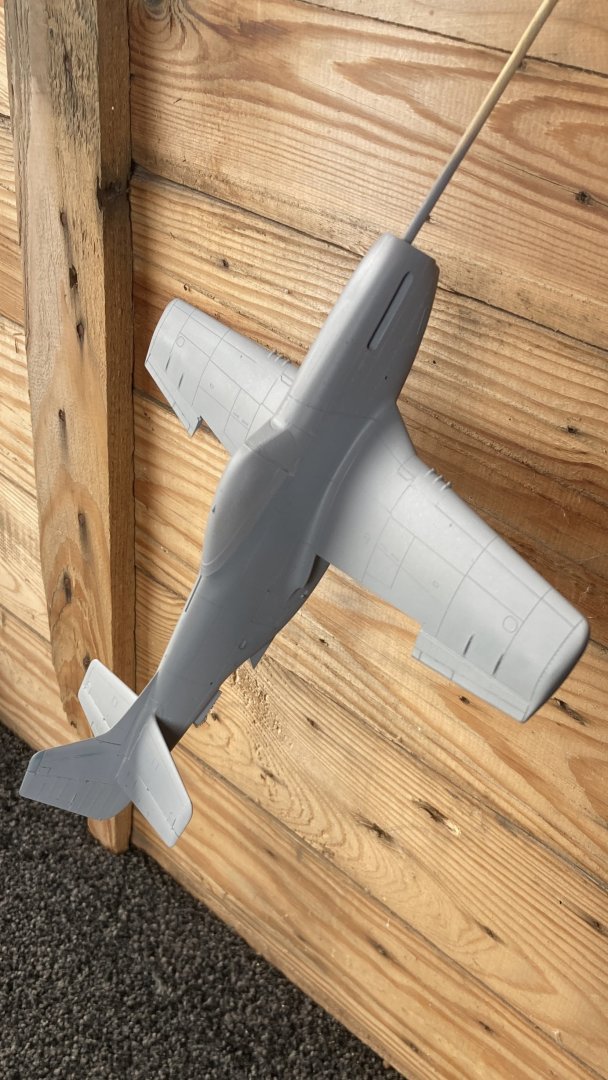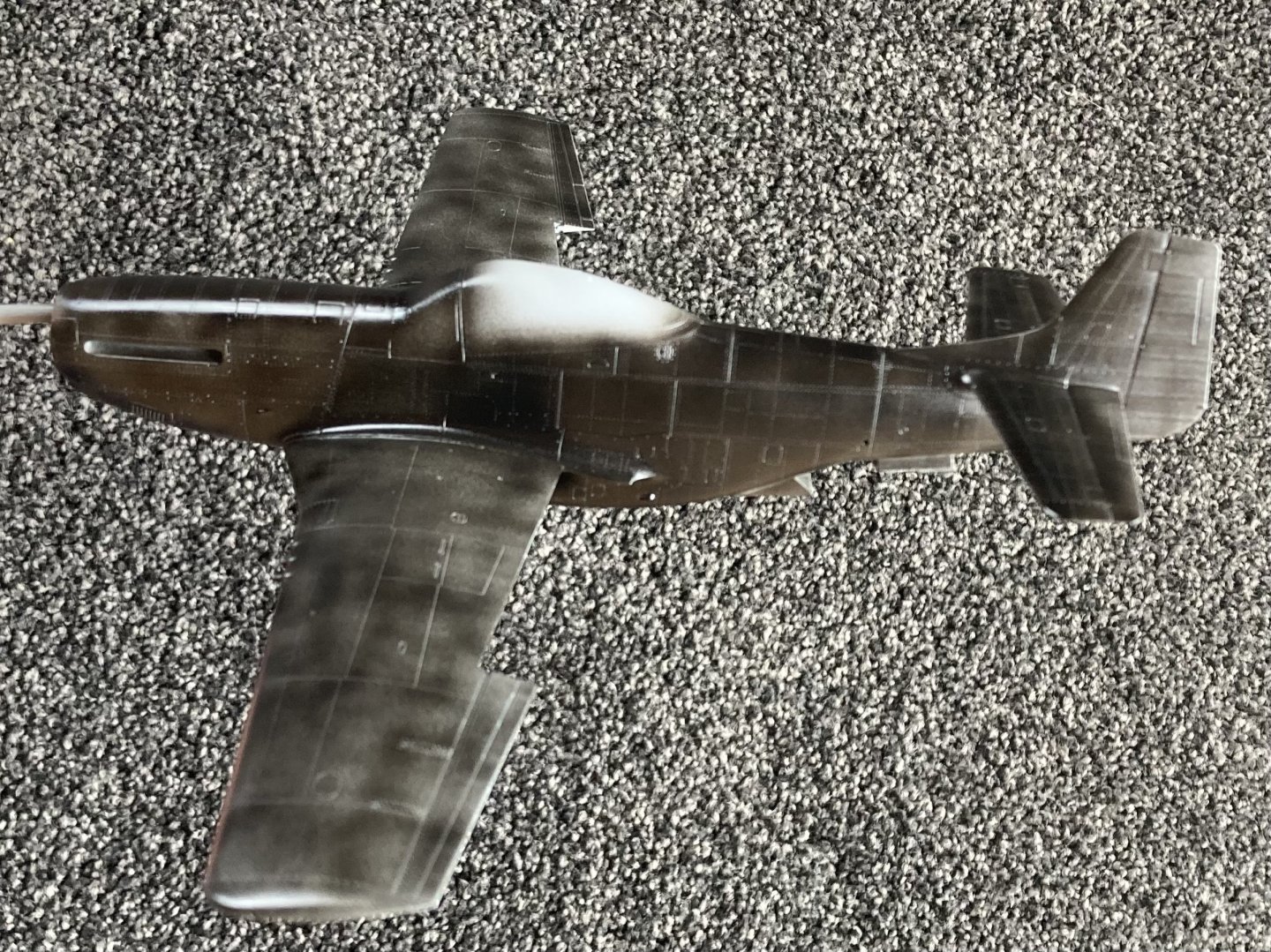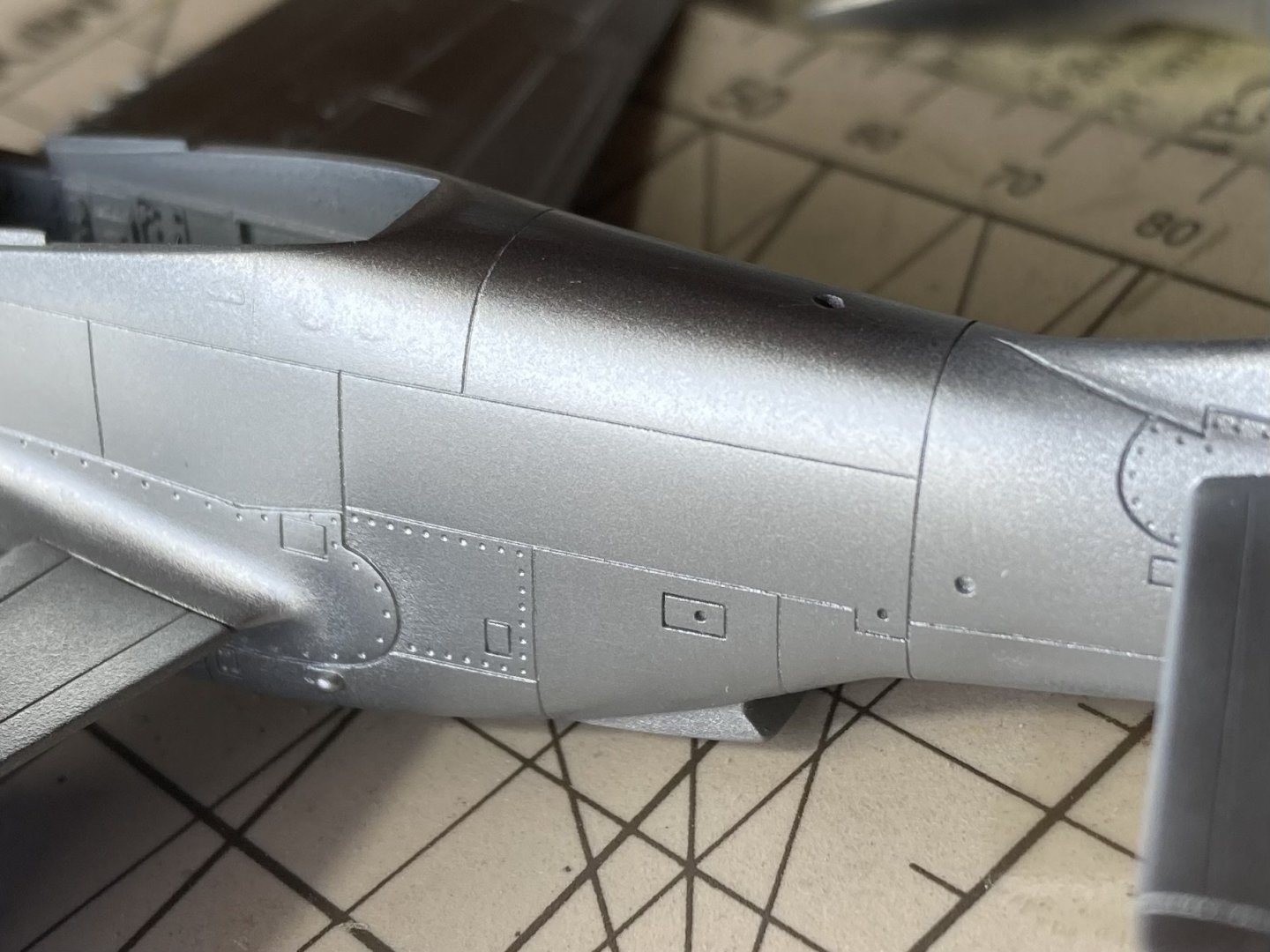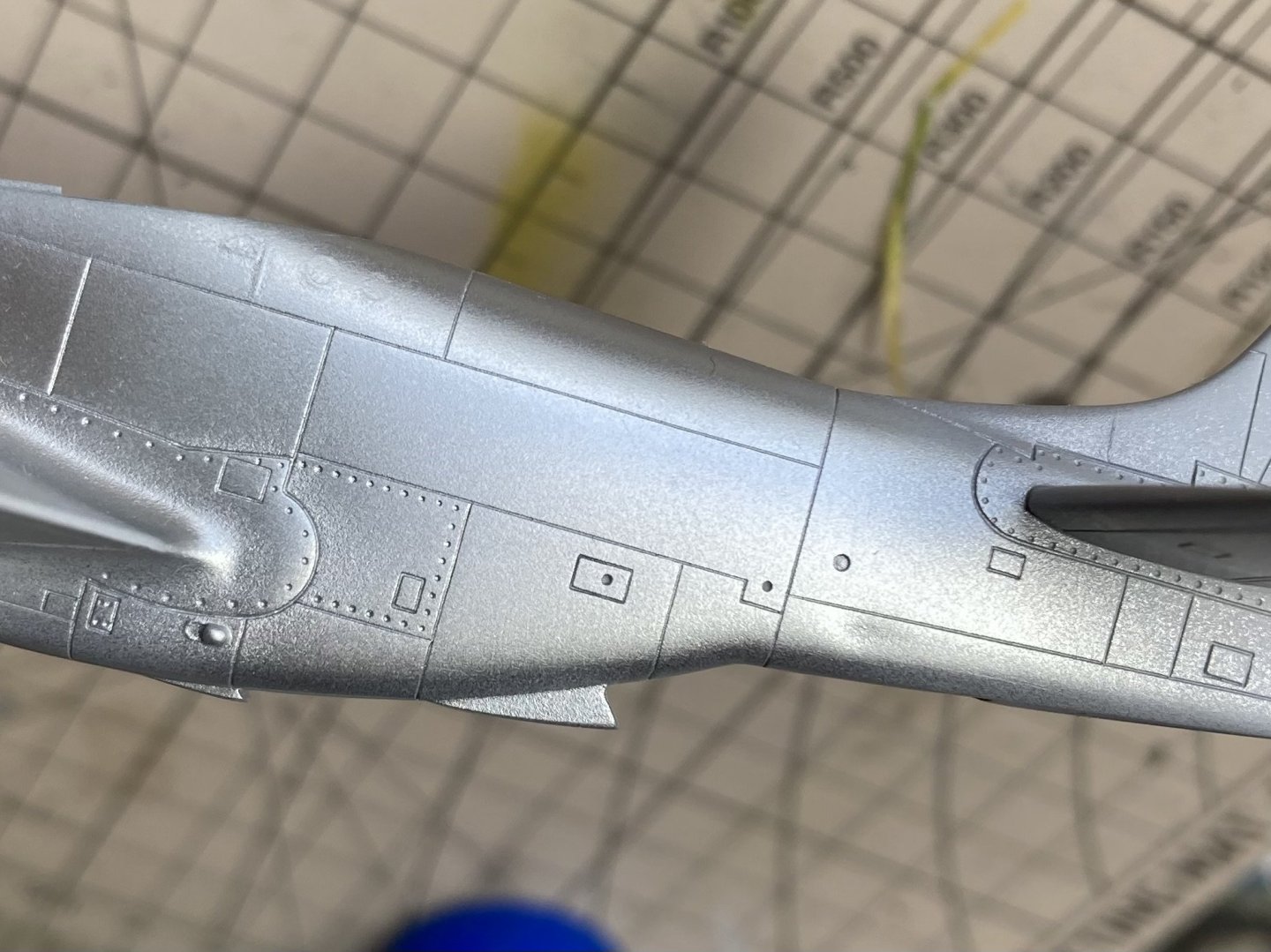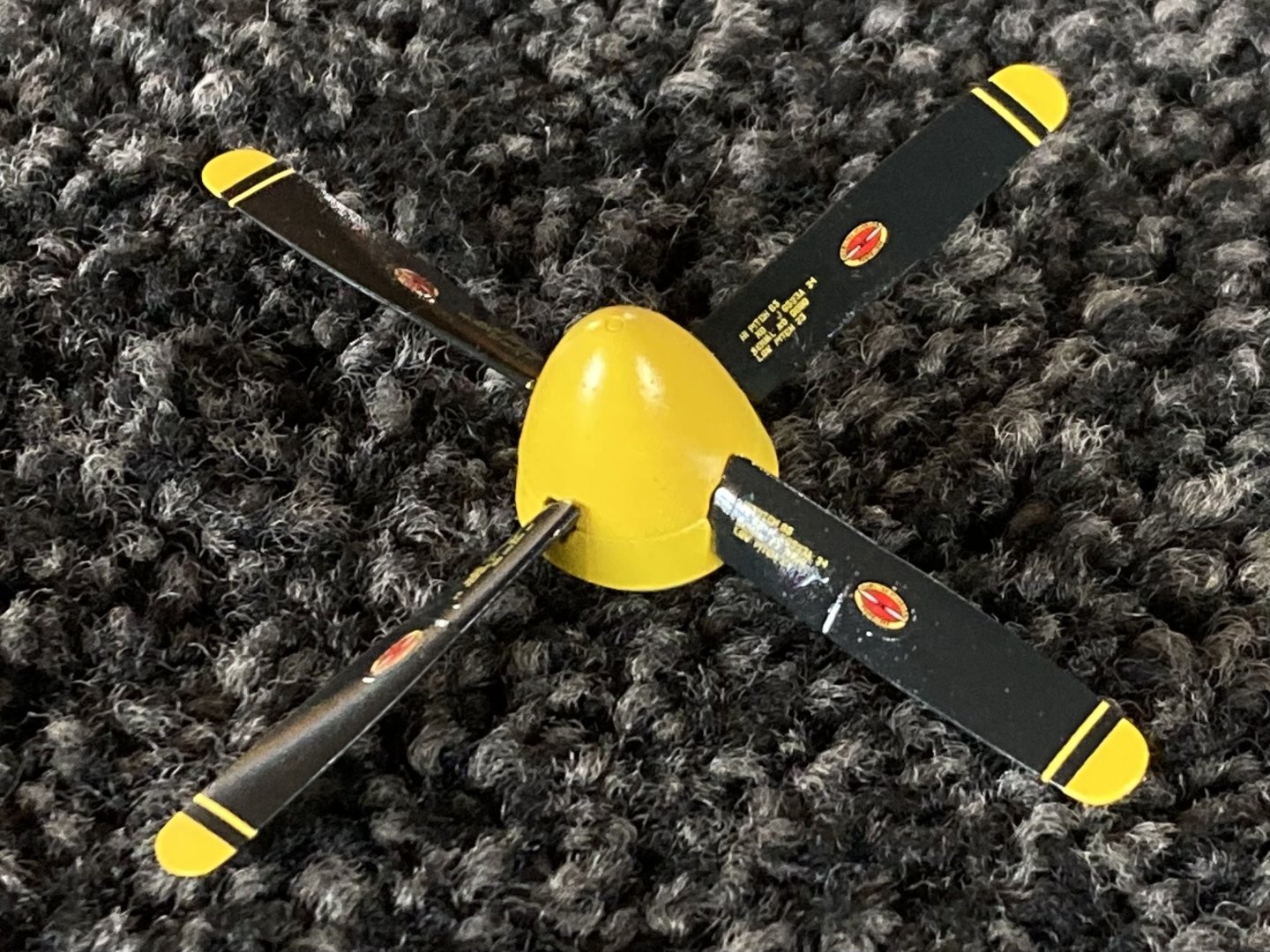-
Posts
342 -
Joined
-
Last visited
Content Type
Profiles
Forums
Gallery
Events
Everything posted by Lt. Biggles
-
And FINISHED!! Thanks all for the tips, feed back and encouraging words through out, I really appreciate it and makes the build a lot more enjoyable. I’m about to start quite a few months of training to fly another aircraft type for work which also involves moving, so I’ll not be able to begin another project until at least the 2nd quarter of next year! But already thinking of a project. Perhaps try a diorama of a plane at the bottom of the English Channel in resin. Something different but early days in the ideas area. Anyway back to this build! After taking the pics I realised I hadn’t added the Nav lights or taken off the masks from the 3 underwing identification lights, so I’ve since done those. The matte varnish works well I think, didn’t dull it down much. Really hard to photograph a NMF plane as a slight change in angle makes it look so different. I learnt a lot and in the end I’m happy with how it looks. Thanks again for joining me. I hope you like it too
-
I’ve now added the exhausts and light exhaust stains by just a light brushing of soot pigments. It’s only visible from some angles and it’s very fine so it’s a nice effect. I played abit more with light grubbing up the inboards of the wings and around a few panels. It’s very interesting to weather a NMF paint job. From one angle it’s in your face visible and move your head slightly and it vanishes! So I’ve gone very light with the oils. I think this is all the weathering I’ll do now. Reduced some of the effects like the fuel stains and where foot wear would be just added another light layer. Tomorrow I’ll start on the matte varnish layers and if I get that right should give a slight chalky effect which will tone it down and also add a tinge of oxidised effect… or ruin everything!.. one way to find out!
-
Thanks for the input! I took your advice and took the fuel stains right back so almost totally gone. But did keep the stains on the ensign bar as I read a big blog about the p51d weathering and so many shots show the results of fuel especially visible on the bar of the ensign so that was the only reason I added them. But you are right in saying it was overdone and the beauty of oils is after a day I just wiped 98% of it off! Hope you approve abit more how it is. its been a fun but big learning curve working with NMF and looking used but not dirty can be a very fine line
-
Been giving it some time between each oil wash session to help avoid removing to previous work! But did an all over wash to help with panel lines and just tone the new shine down. I’ll not do much more apart from some work around the underside and engine exhausts and stains. I’m hoping the matte varnish will nicely tone it down to an oxidised look rather than a grubby look as they were kept in not bad condition so can’t grime too much. Its in the final stages now
-
Decals went on, Eduard ones are quite strange! Very thin which is nice but unusual sized clear parts over the decal. But being thin meant my solutions could do a pretty good job of softening them. The USA stars and as many other parts as possible were from the after market set as they seemed pretty nice. Clear coat is on so once dry will be set to do some oil washes and have a go at oxidation to make it look like it’s been used and then finish with a matte clear coat to dull it right off.
-
Thanks for the replies. I did my usual thing and left them alone for 24 hours and just pondered solutions so I didn’t do anything stupid in the moment. It payed off. Thanks for the ideas and tips. I did shave just alittle off the plug as suggested. And then took a risk and applied some cement on the undercarriage and let it for a min to soften the plastic and then just forced it in and hoped for the best. I didn’t want to dry fit it incase it was the one shot I got for a good fit before broken bits started to compromise the join. I managed to get them into place and glued a good solid join I hope, later I’ll fill it up with thin CA to give it more strength. All the fits for this kit are super precise so I had that in mind and if the undercarriage legs were installed during the wheel well construction I think it would be another perfect fit (but not sure if the legs would fit through the underside of the wing to install at that point) Just incase anyone reads this before making their own. So the undercarriage is installed and managed to do it without breaking any of the delicate details! all the parts are installed now and the yellow nose and tail is painted. Starting on the decals
-
So does any one know how to get the landing gear clipped into place? I went for a dry fit but it’s too tight. And everything is so delicate it’s tough to get a good amount of force. I used my tweezers and gripped it but I could feel the wings flexing and creaking and I think I’d rip the wings off before the it clips into place. It’s an important join as it’s important it’s really strong but I’m abit stuck and crushing my undercarriage legs would be a real shame with how much work I’ve put into building them. Any tips would be really appreciated
-
Thanks for the reminder, when I got the super fine silver and duralumin I also got some super iron just for that part. I’ve heard the colour can be hard to tell apart easily so I’ll paint it black underneath and so a very thin coat until it looks right. I'm still wondering if the silver paint had too much white and needs toning down back to be abit more silvery. At some angles it’s great at other angles it’s quite a late contrast! But I’m not sure. added the black stripes. Under the main wing strips I’ve got some chipping fluid. So I’ll roughen those up shortly
-
First time trying mr, Color standard lacquer paints. Only thing (apart from the smell) is how thick they are! Normally drop paint from a tooth pick to get ratios. 4 drops of this with one drop of that so I get the same colour each time. No way with these paints! Just had to scoop paint out and good luck to me to try match it again! painted the wings with silver and a good dashing of white. If I could have controlled the colours more maybe I’d have added less white. But it’s ok. Ailerons aren’t painted so still black. They need to be aluminium but I forgot about them when doing the fuselage! It’s amazing how hard it is to photograph! A small change in angle is a whole new look! And again outside in the sun. I’m afraid you will never really know what this plane looks like in real life! Ailerons and flaps to paint and the yellow once the paint has had a good while to dry. Yellow is hard so will probably be done over a good few hours to build it up to the right thickness
-
Some great aero discussions going on! I do enjoy them! I’d love to have had a fly in an F-4! Unfortunately just civilian planes except I once flew a Harvard but I don't class them as a warbird but still fun doing buzz and breaks! One of our aircraft had leading edge vortex generators and according to the flight manual if more than 3 were missing the stall speed was a good bit higher. I've always enjoyed the theory and how quickly things get complex! While digesting it all I filled in the panel lines on the wings. And also bit the bullet and gave the fuselage its coat of aluminium. I was a bit nervous and was starting to delay for no reason apart from being scared of ruining the whole thing. It’s really hard to take a good pic of it. But I think it does the job. once dry I’ll paint the wings with silver mixed with a touch of gloss white to make the difference more noticeable and also nose and tail yellow. Then the next step starts… how to weather… I’m assuming you can’t do oil washes over a nmf! Another part to learn! I don’t want to weather it much, just make it dulled down in an oxidised way.
-
Is it!? 😬 what gave it away as being a H model? To me it looks identical to a D model… but that’s only because I can only tell mustangs apart because the earlier ones didn’t have a bubble canopy! After that I’m clueless haha! I had a good look after reading your reply and all I could see was the battery behind the pilot looks slightly different?
-
Thanks for the in-depth reply! I didn’t know they feed compressed air over the leading edge of the wing to reenergise the airflow and delay separation. That’s pretty complex for a 1940s plane! I just thought a laminar flow aerofoil was as smooth as possible to keep the flow laminar for as long as possible. Have you got any links to how they piped the compressed air and released it? It would be really interesting to learn about! That they were able to delay the separation point until 40% chord is pretty impressive. Here are the plans I had seen with regards to the laminar section being puttied and smoothed out. And below that is a pic of my model with the wings having their panel lines which the real plane just didnt have and all the pictures I’ve seen shows a very smooth wing surface. I was just on the fence if I should fill in the panel lines and also make my wing laminar too. As this shows my wings covered in panel lines
-
I’ve a plan after my final tests. I’ll paint it gloss black, polish it and from there apply the super metallic 2 paints. It is all primed and filled and given the first few coats of gloss black. I’ll give it some time and then do another coat before sanding it smooth and then polishing with Tamiya finishing polish. In my tests I can’t get it fully mirror like, but then I think it would need a wax or something to get that. I can get it pretty smooth though where the reflection is not bad and colours are pretty clear. I just found in my tests it didn’t really change the colour so much, but it did give it abit more depth of shine than from polished grey primer. Keeping the coats really thin to try limit the amount of polishing needed at the end! And because the wings are painted a silver and not nmf they won’t get a full black coat it will just be this polished. Also black is a really hard colour for me to air brush, always has been! It always speckles! But nato black… no issues! Im still debating if I fill in the wings with filler like the real one. I’ve a drawing of what panels to fill but not sure yet!
-
Stage 2 of my NMF tests have been done. I wet sanded the mules primer smooth with my 3000 grit sponge paper and on one part did a heavy wet coat which seemed to get a touch of orange peel. And on the other side I did a few light coats. Which seemed to work well. Here is the panel with light coats. (The panel is about 2cm long or just under an inch) I think instead of a 1:1 paint to thinner ratio next I’ll do 1:2 ratio or at least 1.5 thinner to 1 part paint. Thin coats are the way to go. Also the other day I noticed my airbrush needle was bent on the tip! So that might or might not affect my already $20 airbrush I’ve been using! I straightened it as best I could. so I think I’m getting a grasp of the painting techniques and so now have to decide if a gloss underneath is needed. And if so why can’t I just use Tamiya x22 gloss clear over the polished primer? Even if I polish the gloss coat too? And does polishing it up make the paints not grip well? Or do the polishing marks have enough tiny groves for the paint to stick well? Im running low on space on the mule. But can try my Tamiya gloss black underneath and polish that up! The joys of reading 1200 different NMF tutorials! Anyway back to my actual build, I’ve made the prop able to spin and it spins really well and very smooth. It’s also ready for its weathering. I painted it all and just had to cut masking tape nice and accurately with many coats of yellow over a white base.
About us
Modelshipworld - Advancing Ship Modeling through Research
SSL Secured
Your security is important for us so this Website is SSL-Secured
NRG Mailing Address
Nautical Research Guild
237 South Lincoln Street
Westmont IL, 60559-1917
Model Ship World ® and the MSW logo are Registered Trademarks, and belong to the Nautical Research Guild (United States Patent and Trademark Office: No. 6,929,264 & No. 6,929,274, registered Dec. 20, 2022)
Helpful Links
About the NRG
If you enjoy building ship models that are historically accurate as well as beautiful, then The Nautical Research Guild (NRG) is just right for you.
The Guild is a non-profit educational organization whose mission is to “Advance Ship Modeling Through Research”. We provide support to our members in their efforts to raise the quality of their model ships.
The Nautical Research Guild has published our world-renowned quarterly magazine, The Nautical Research Journal, since 1955. The pages of the Journal are full of articles by accomplished ship modelers who show you how they create those exquisite details on their models, and by maritime historians who show you the correct details to build. The Journal is available in both print and digital editions. Go to the NRG web site (www.thenrg.org) to download a complimentary digital copy of the Journal. The NRG also publishes plan sets, books and compilations of back issues of the Journal and the former Ships in Scale and Model Ship Builder magazines.

